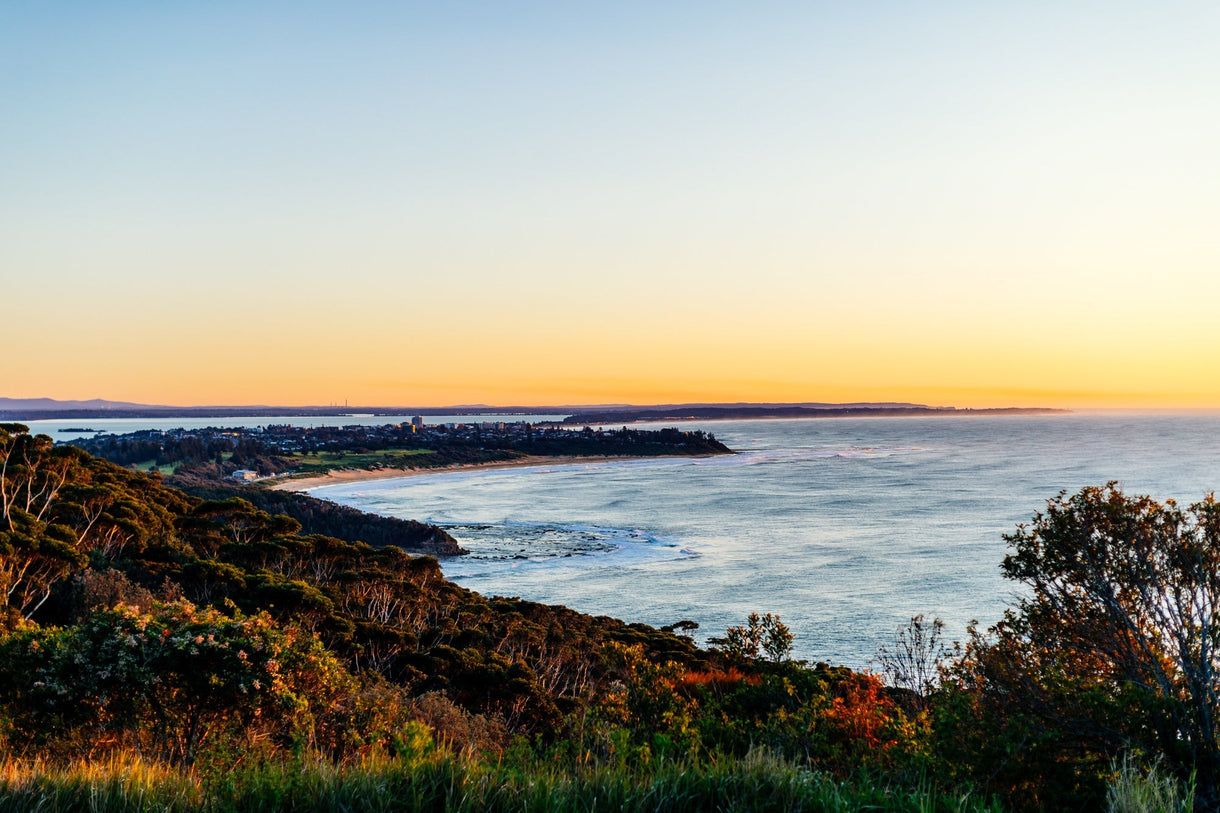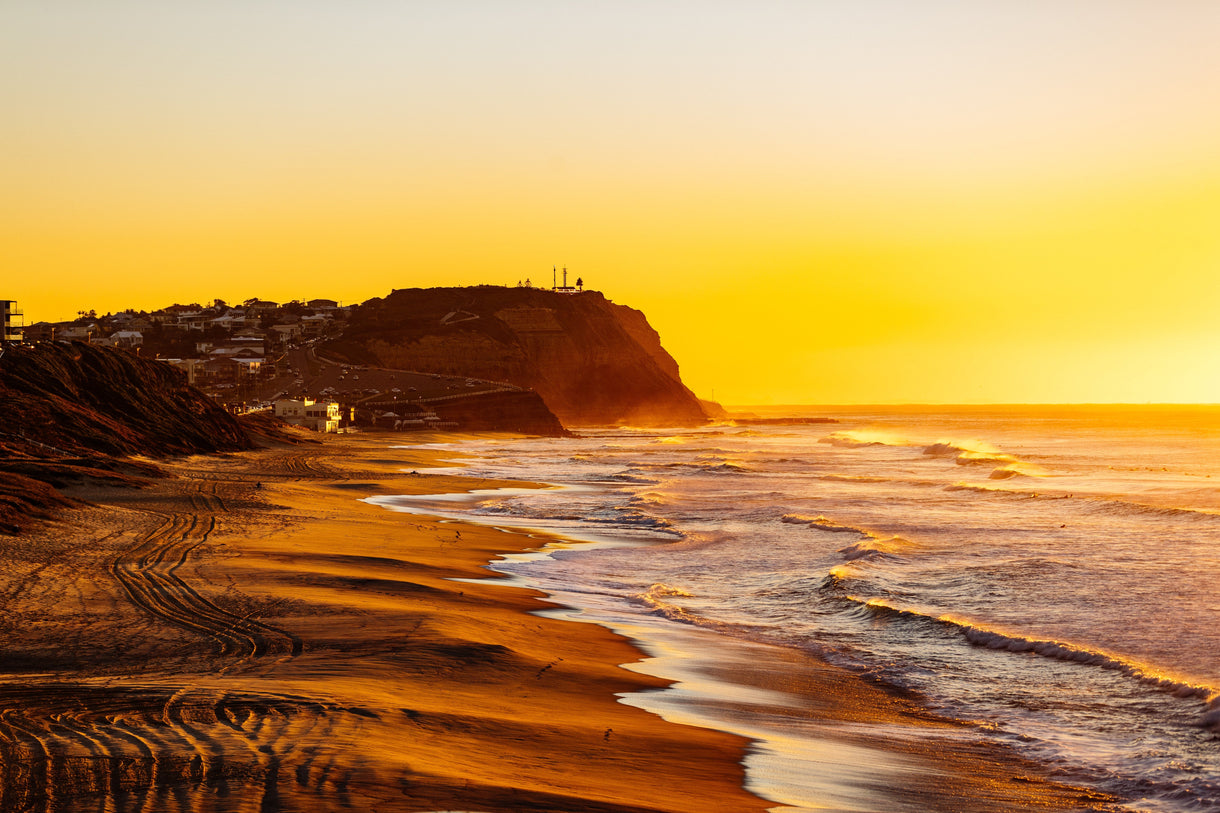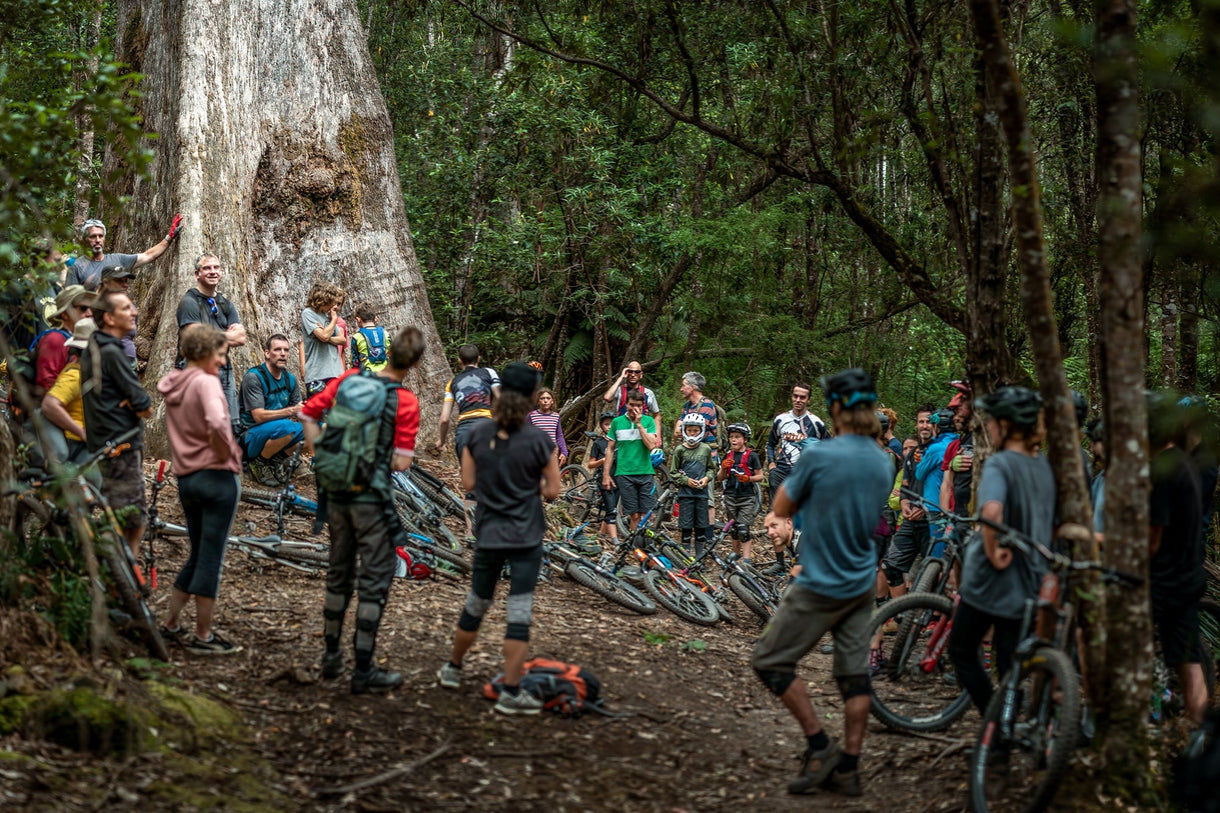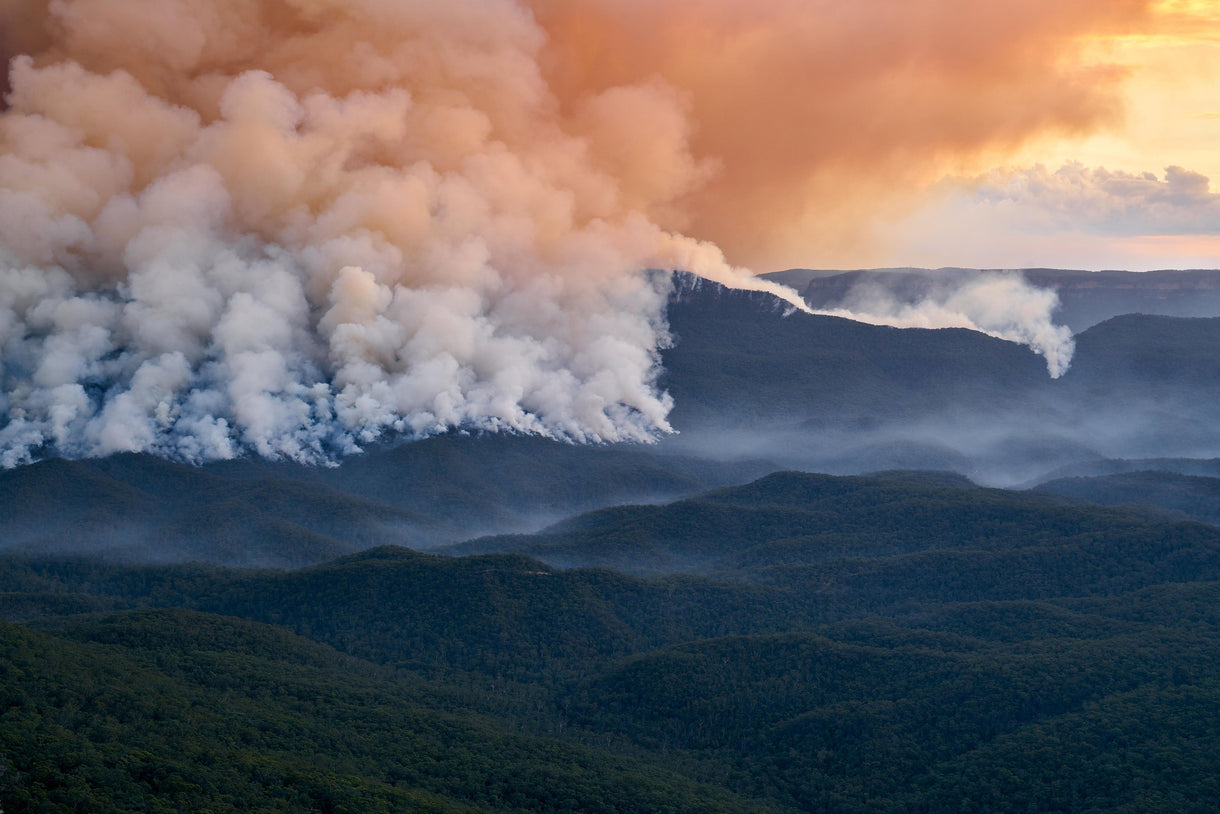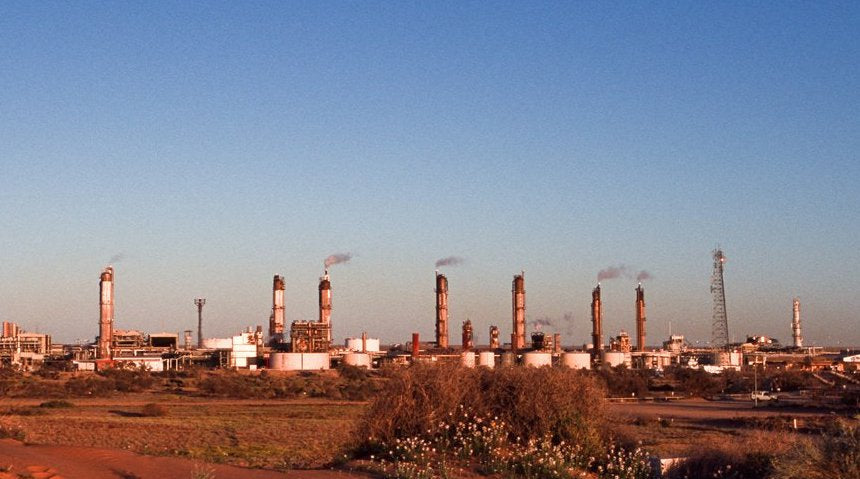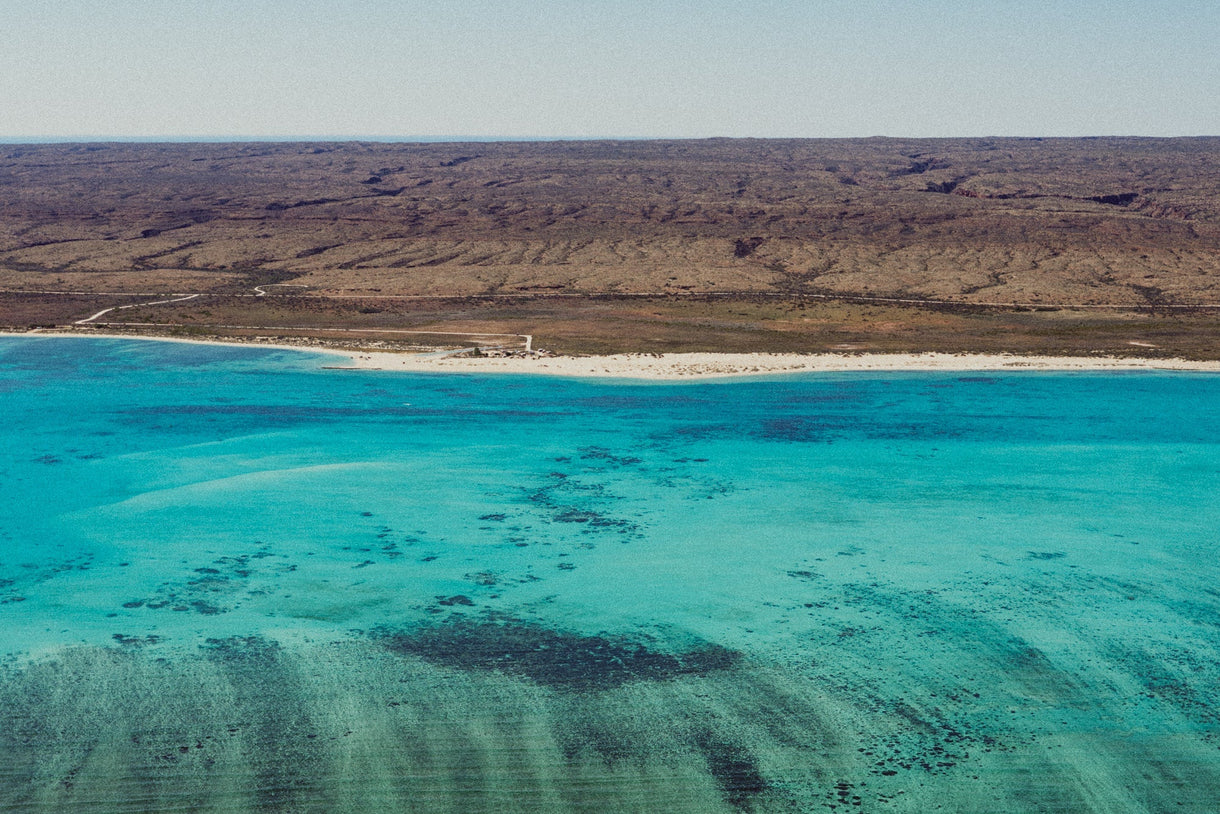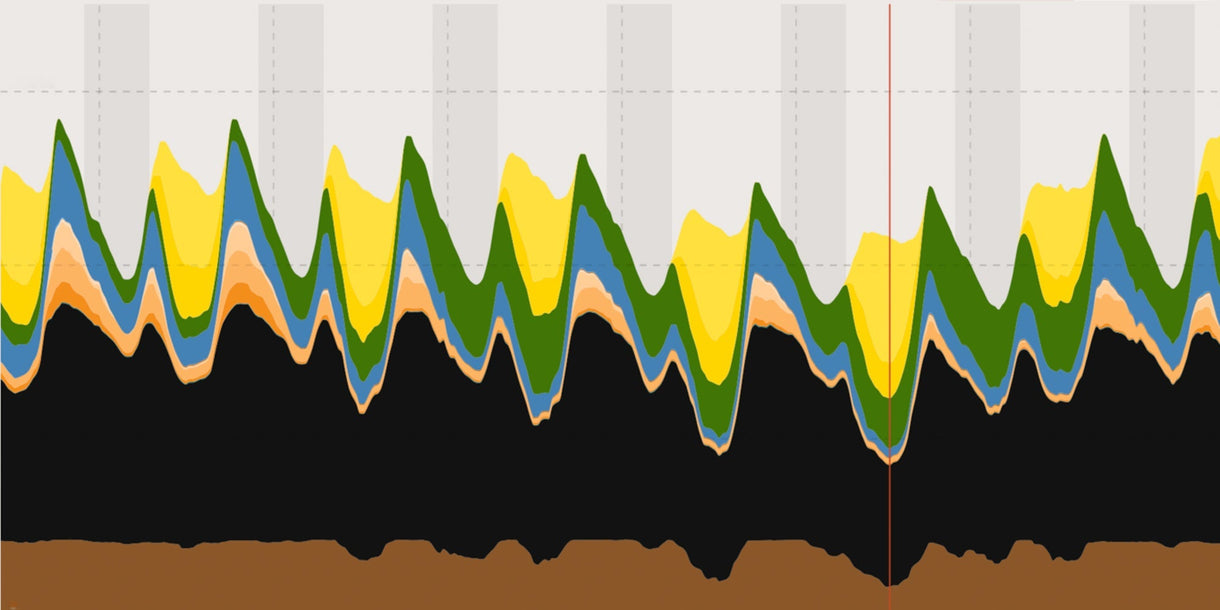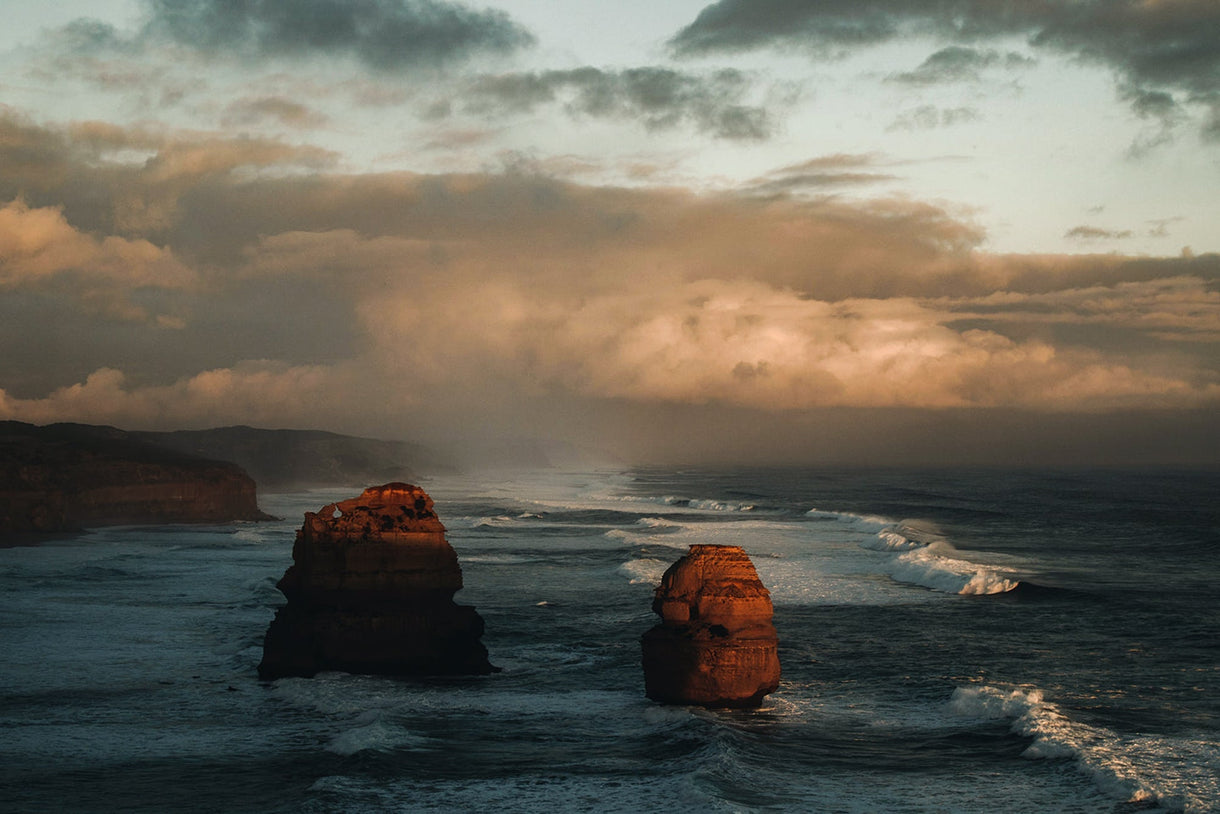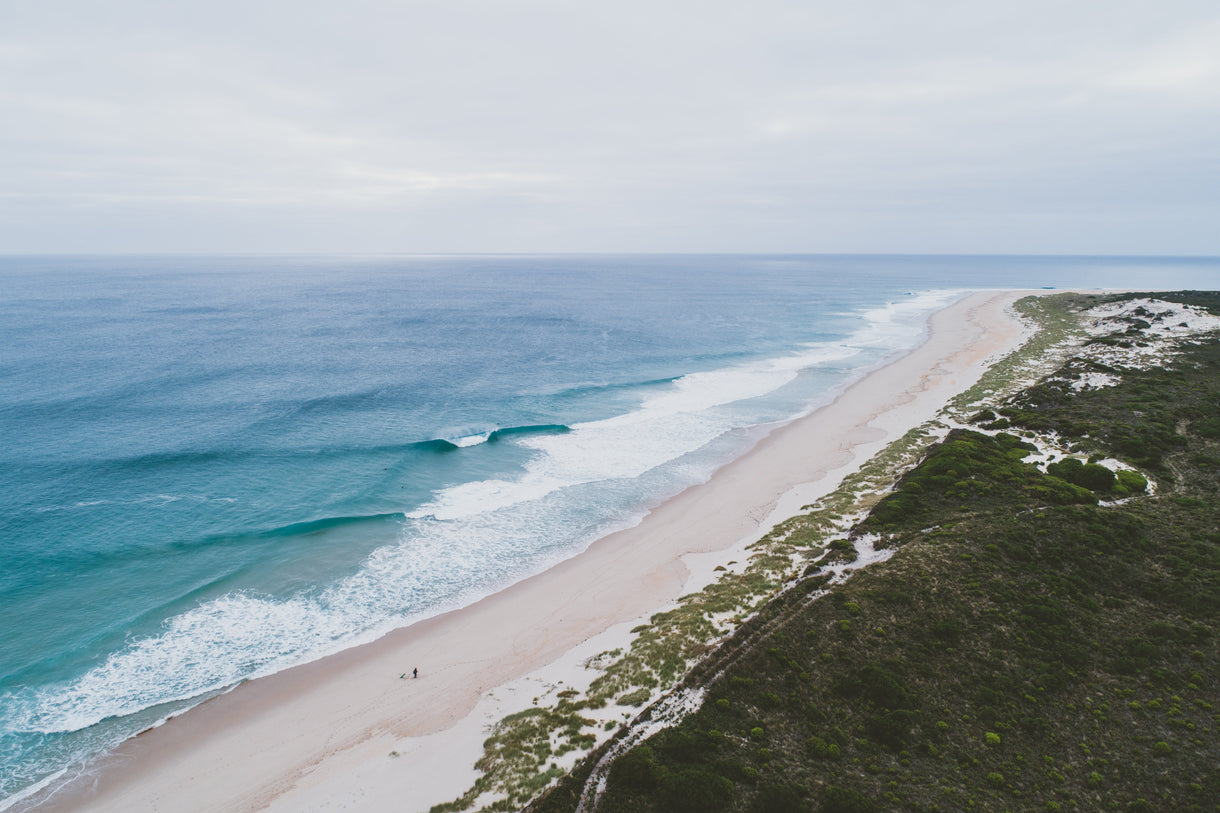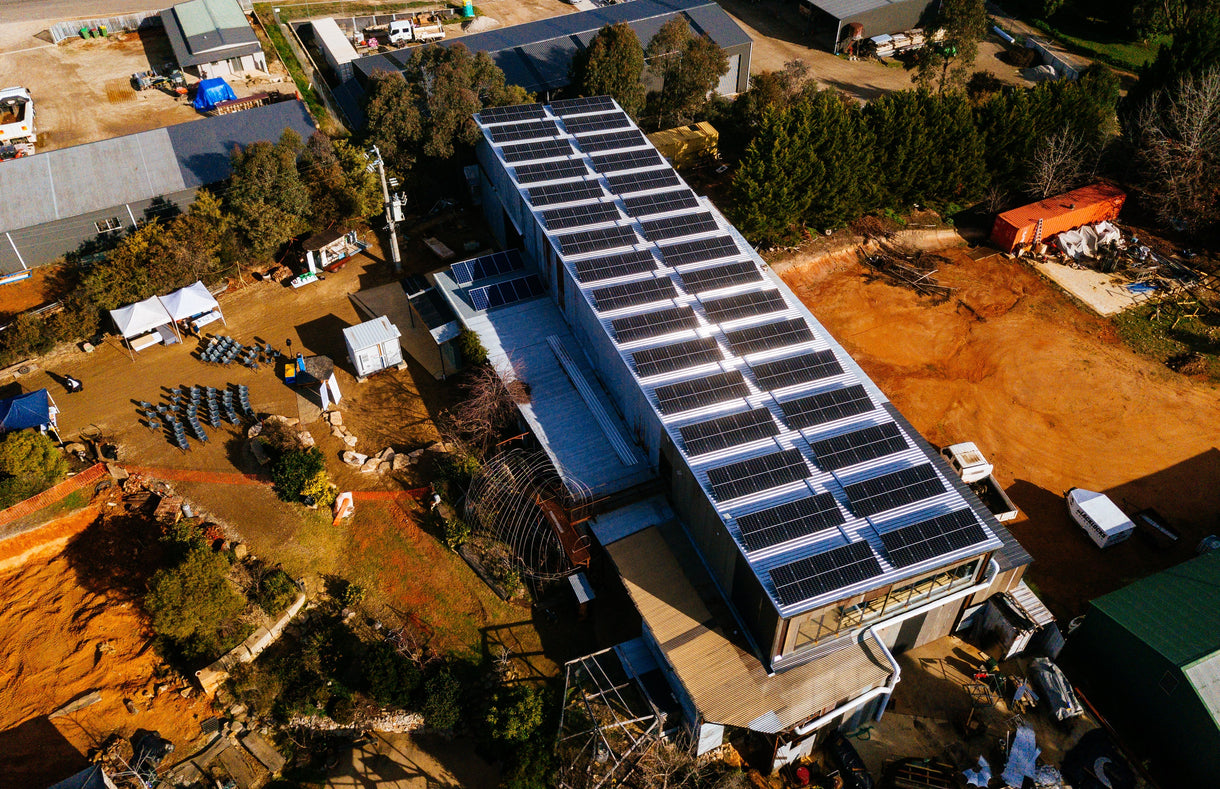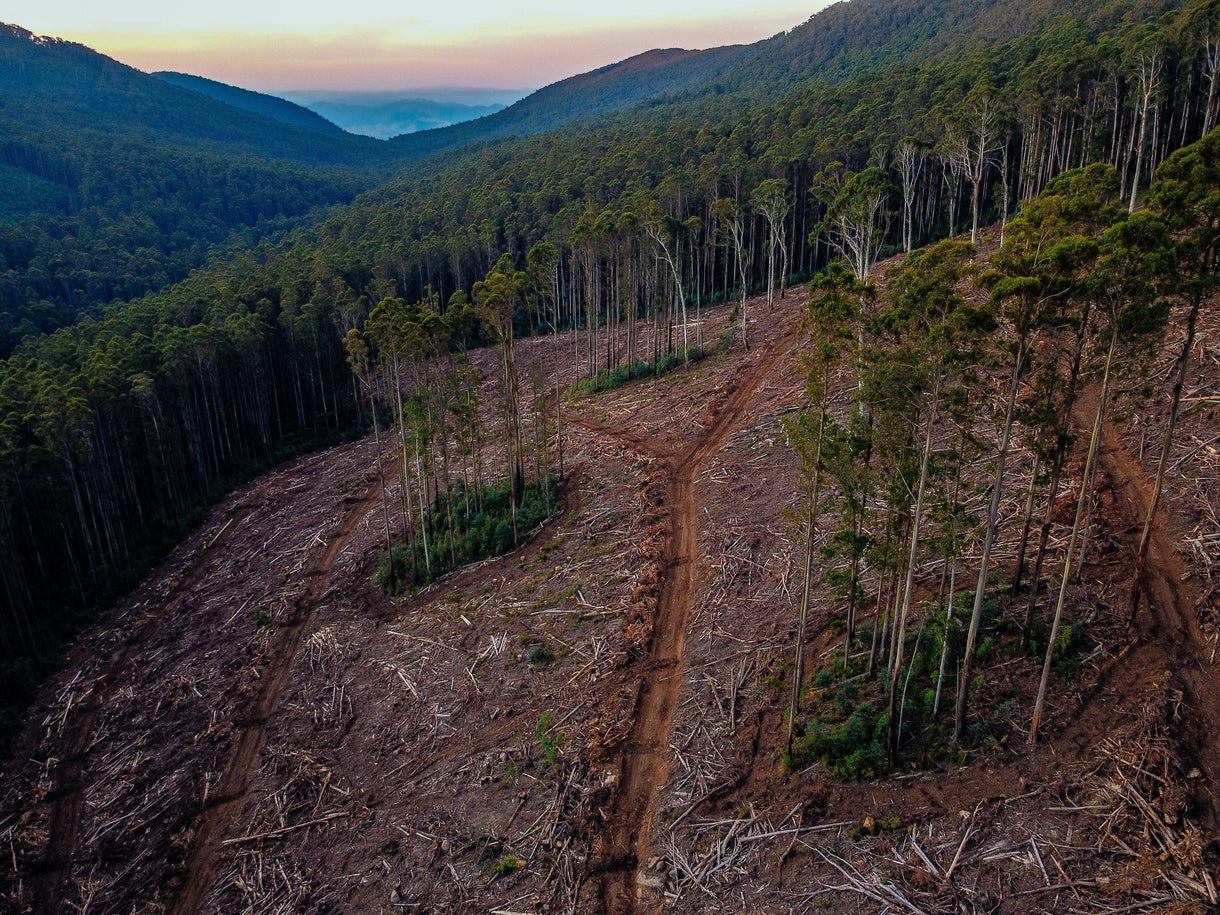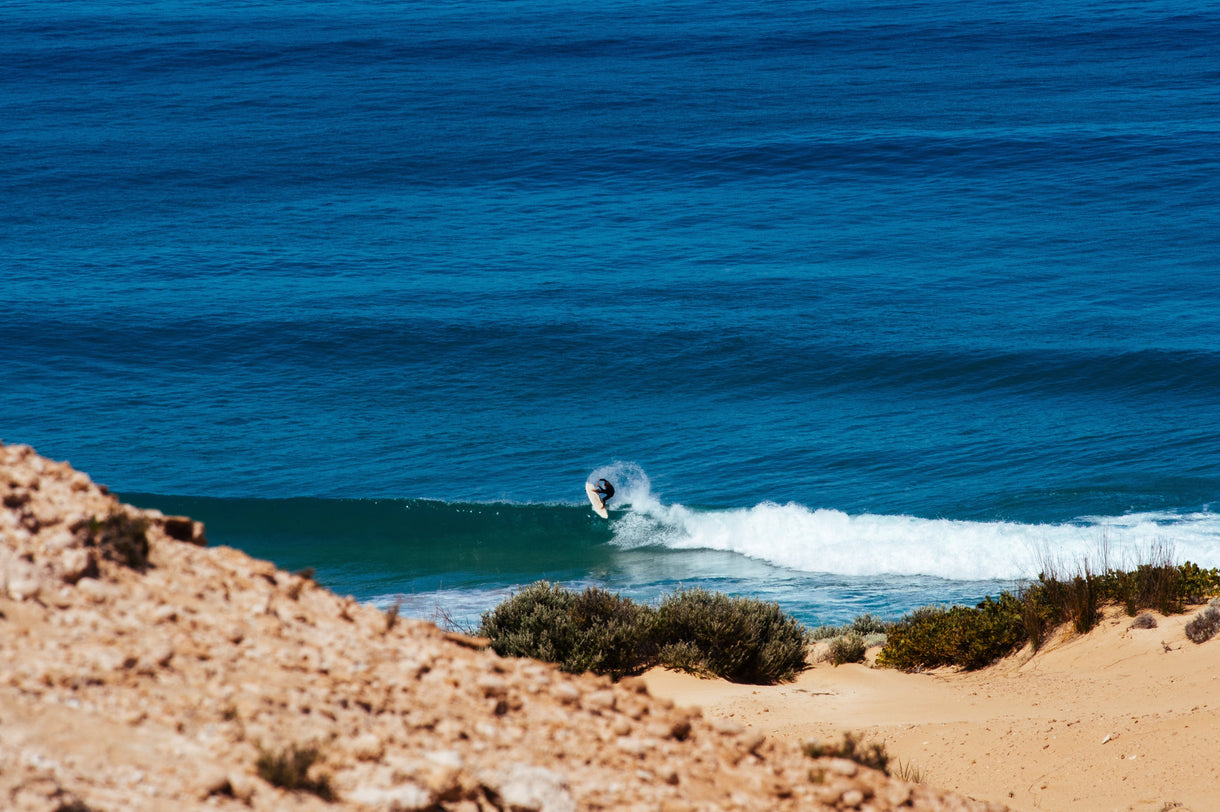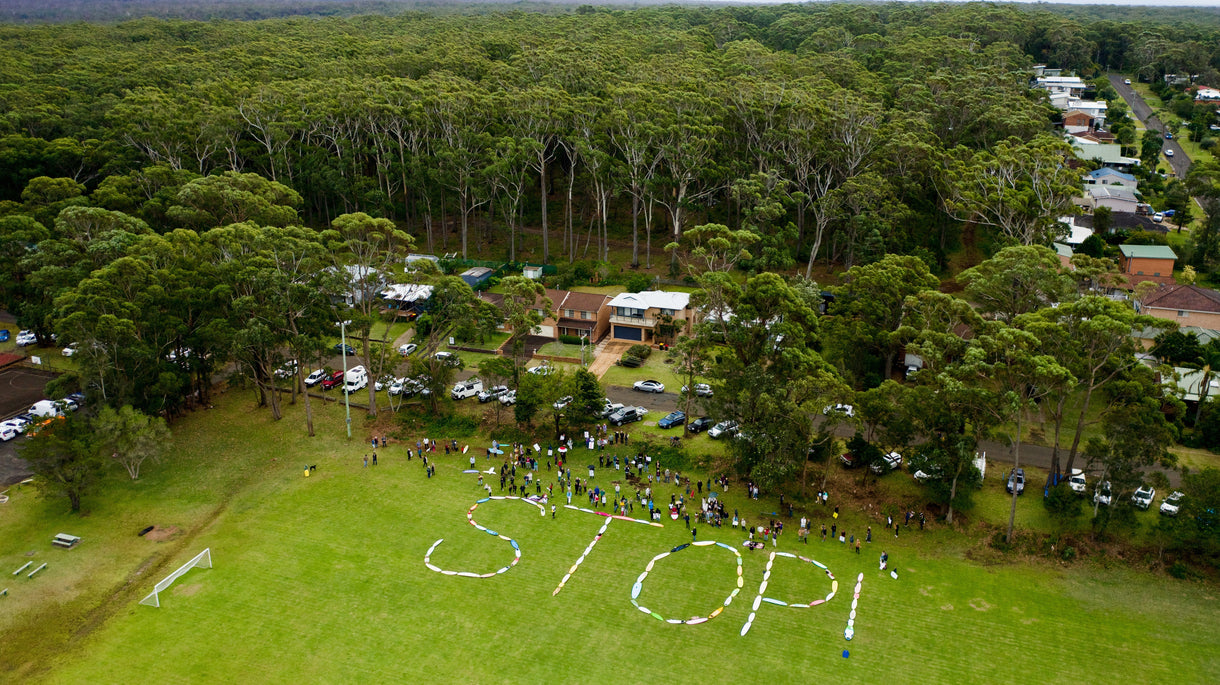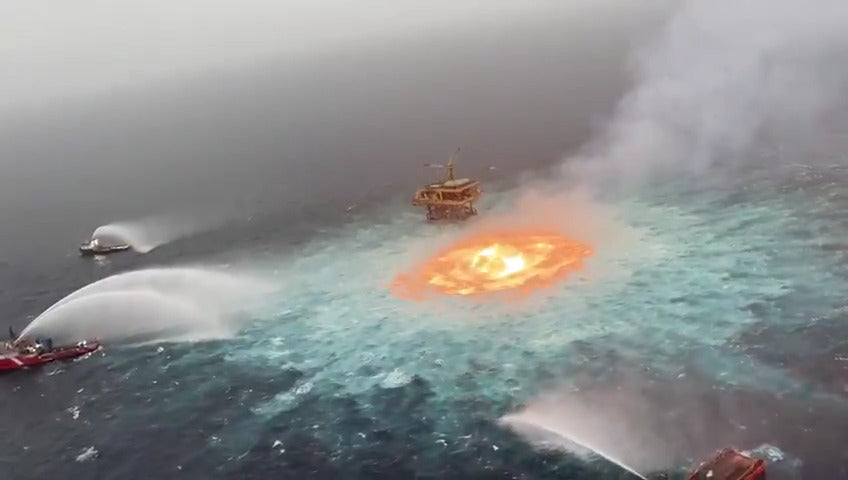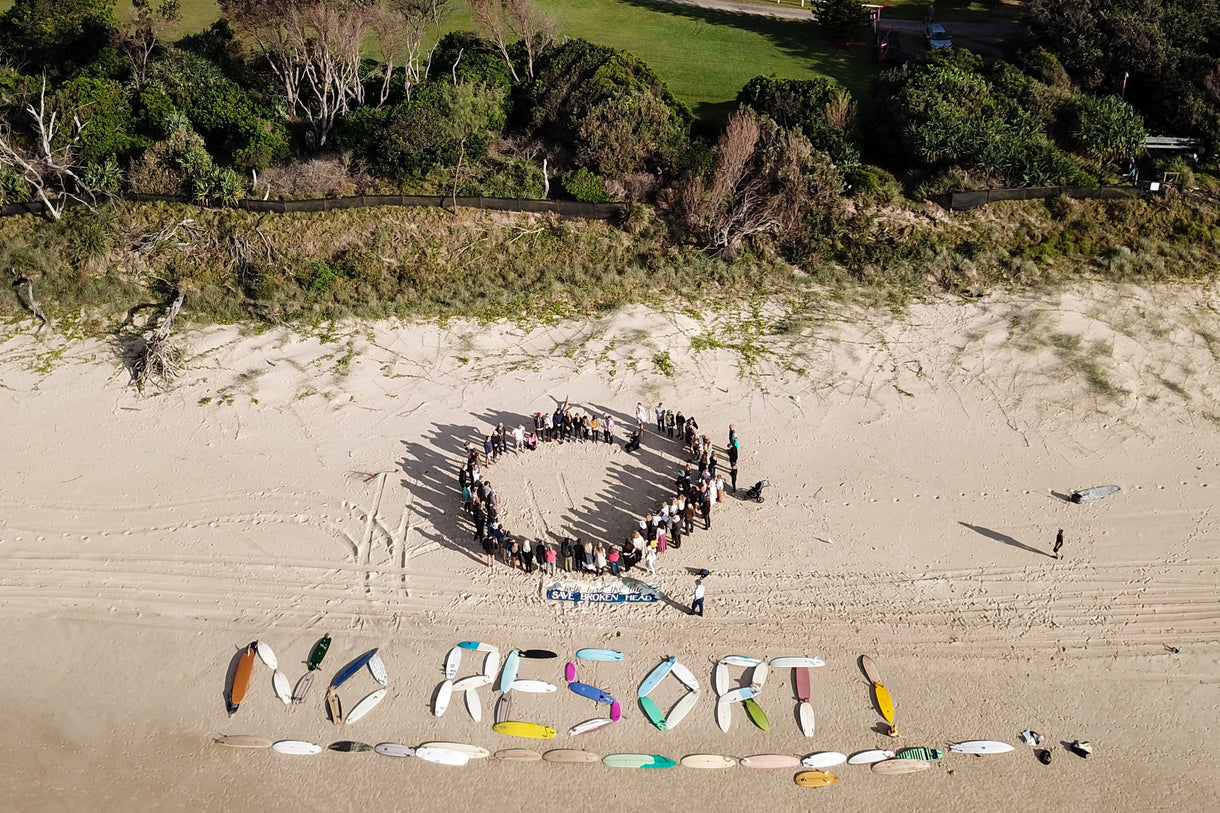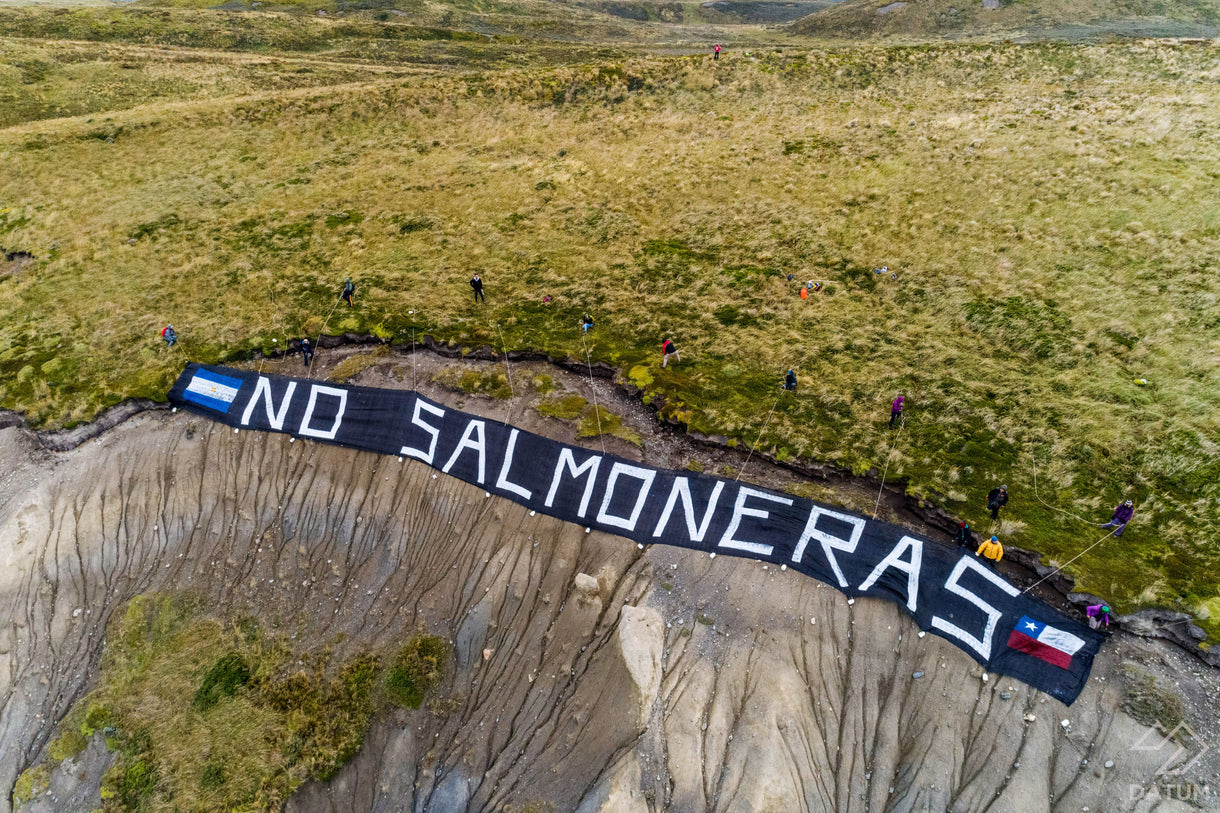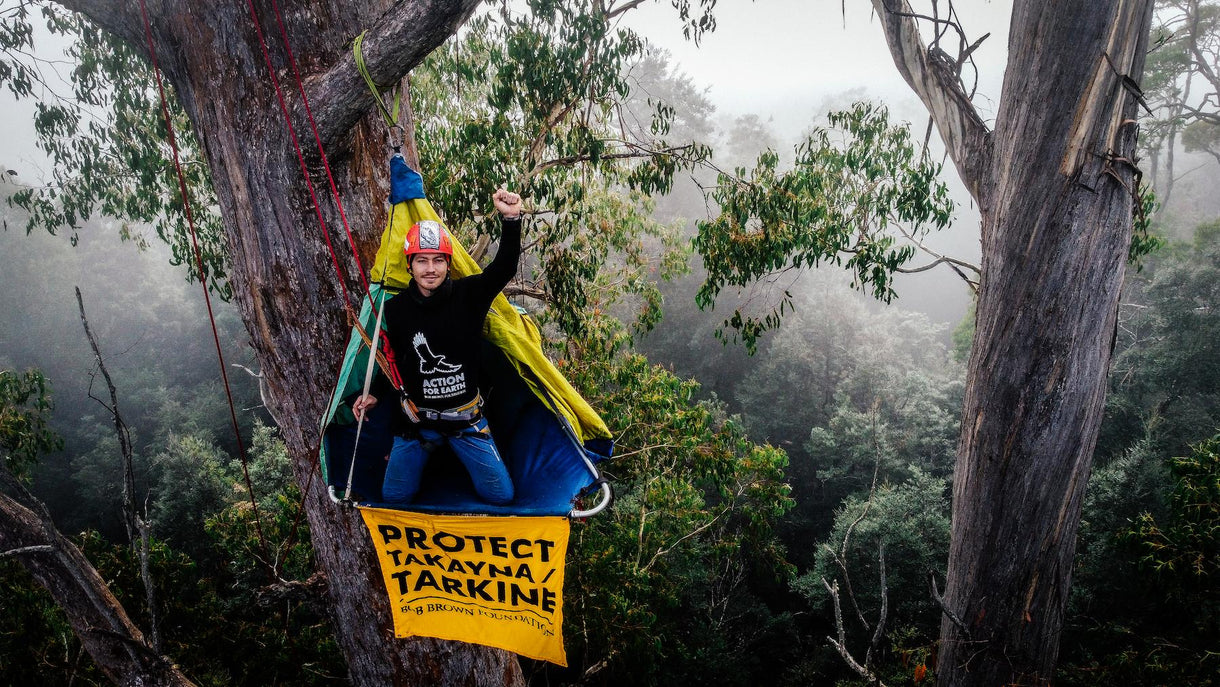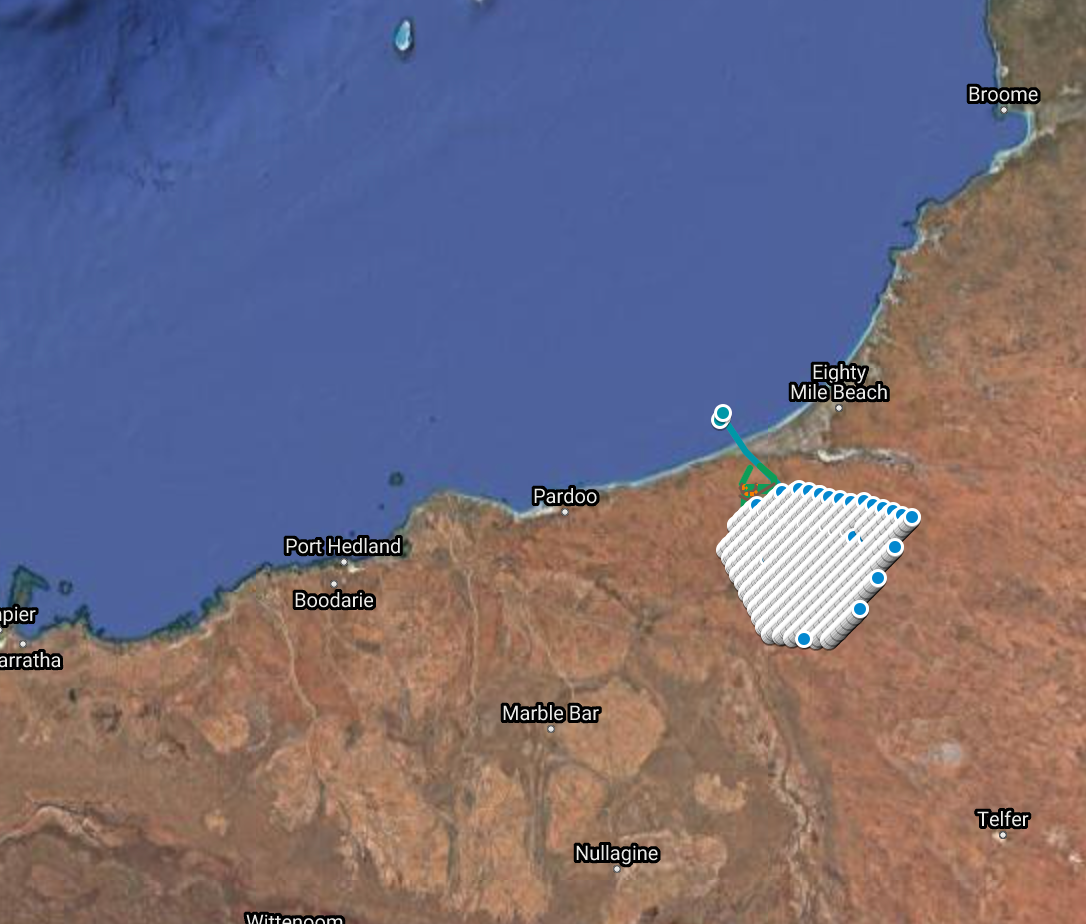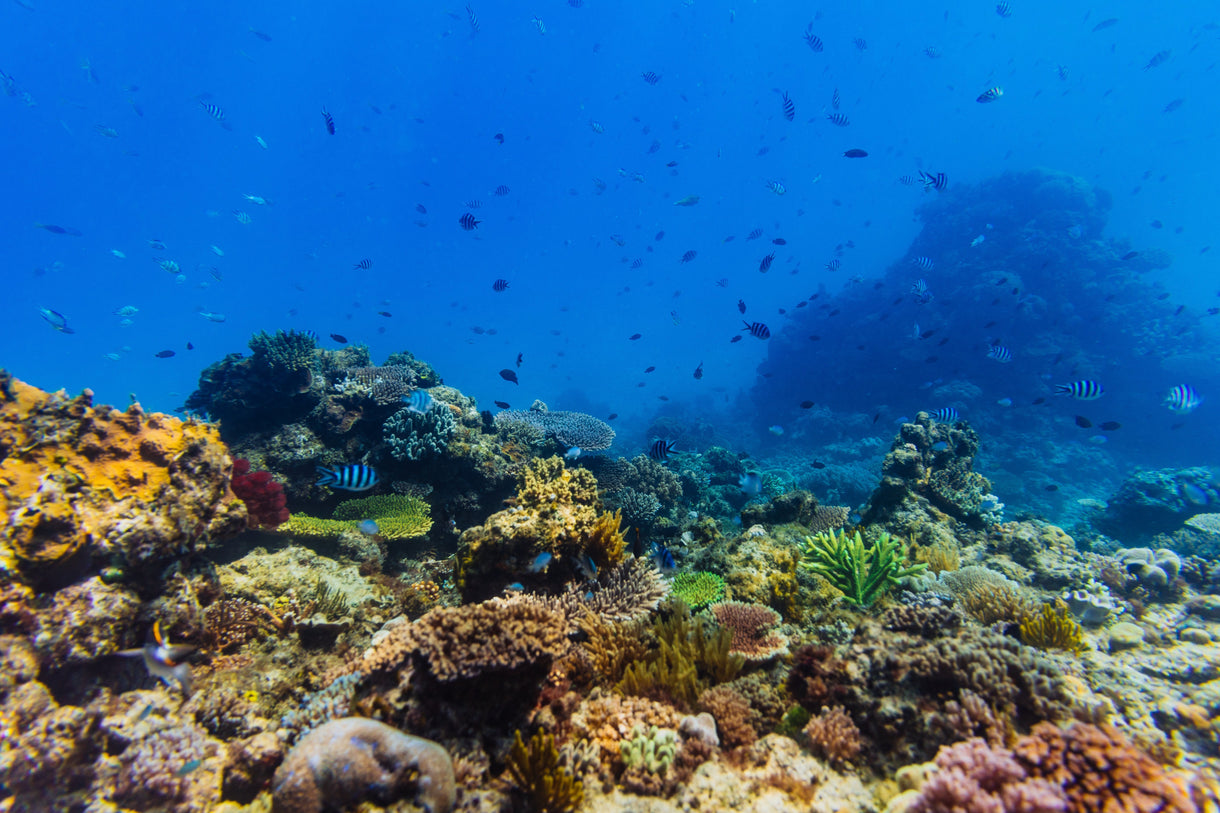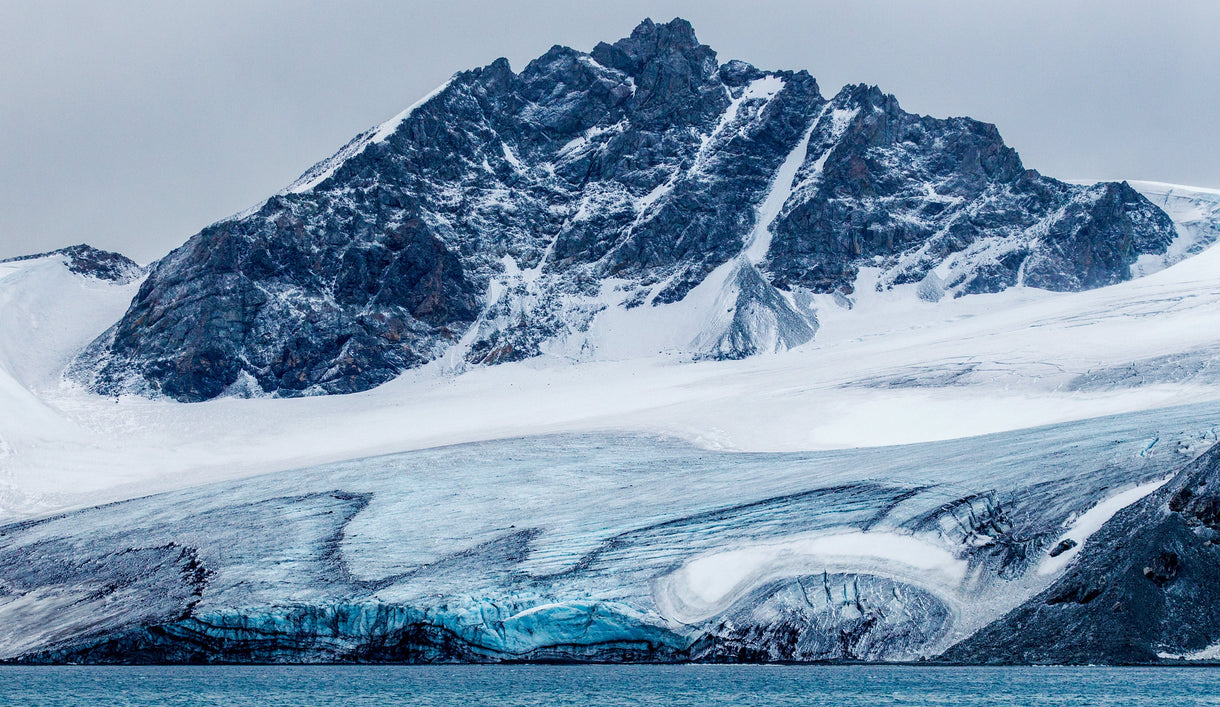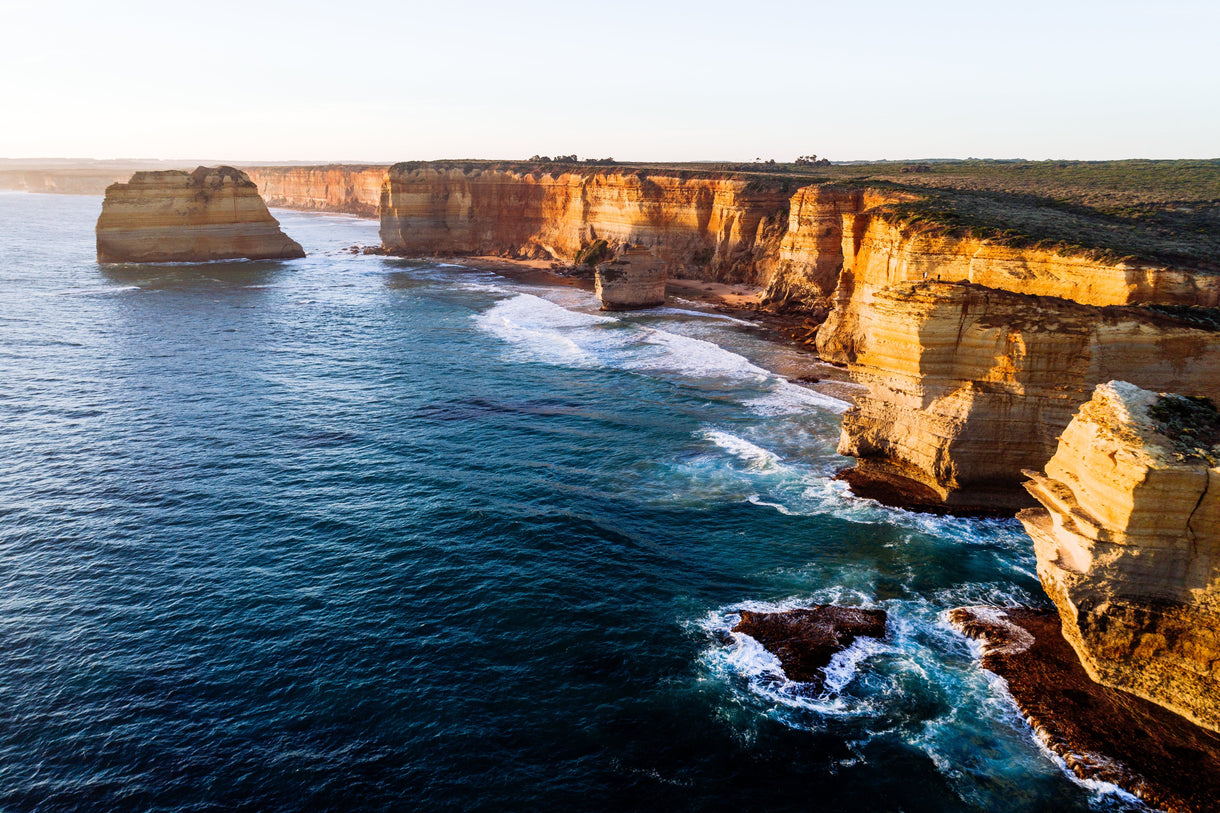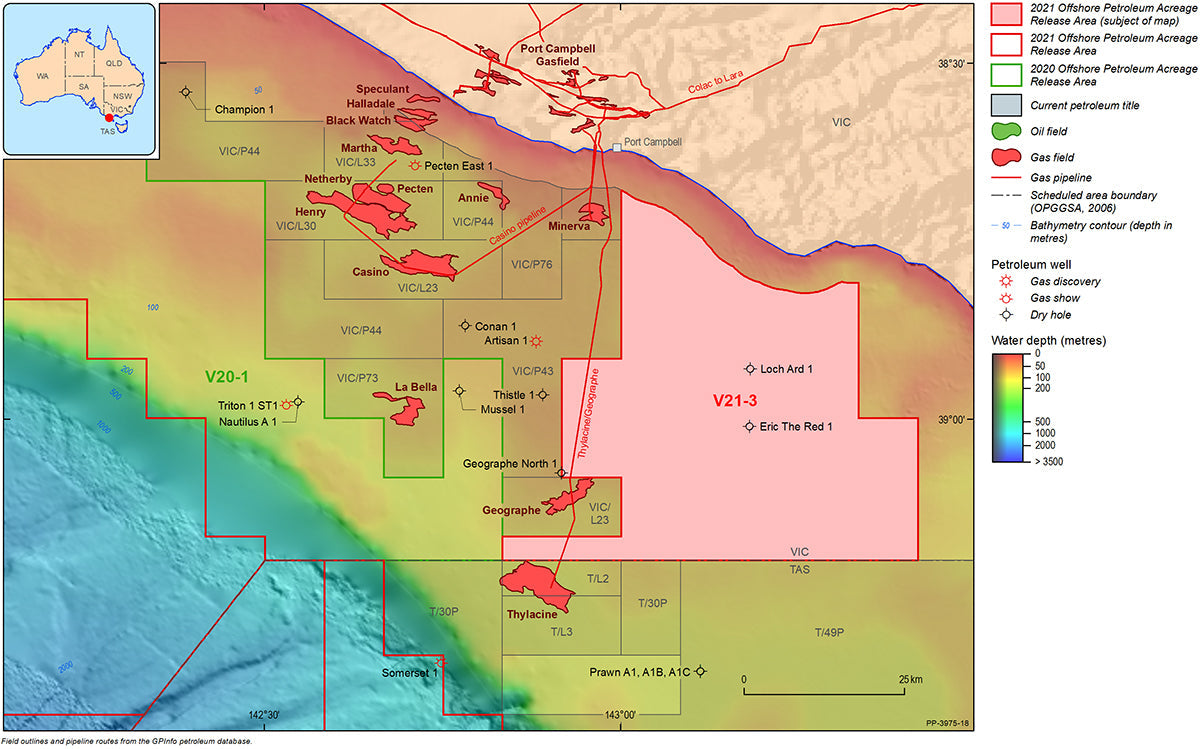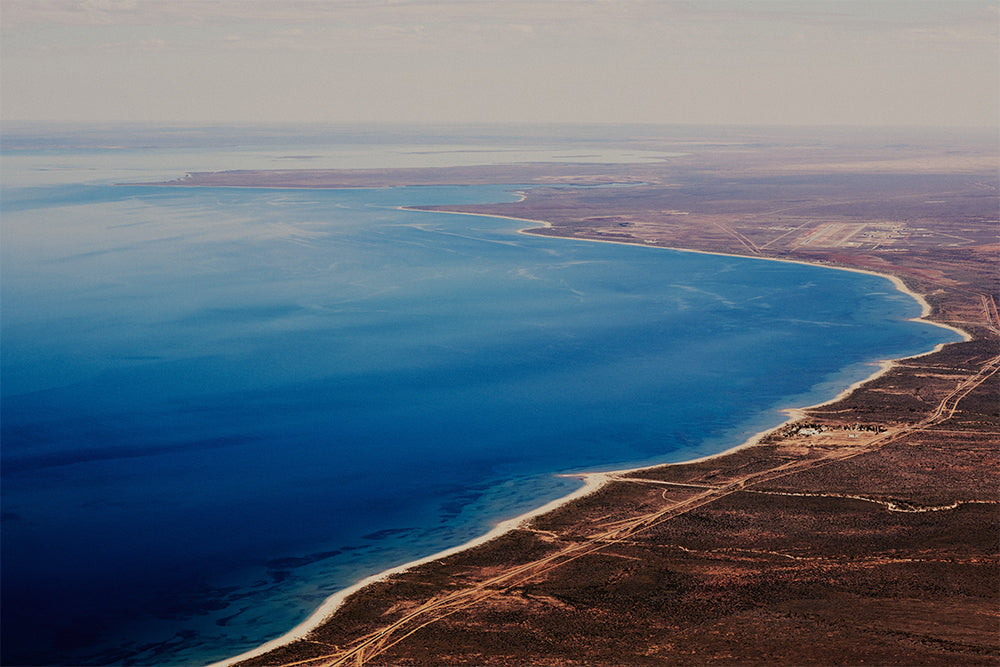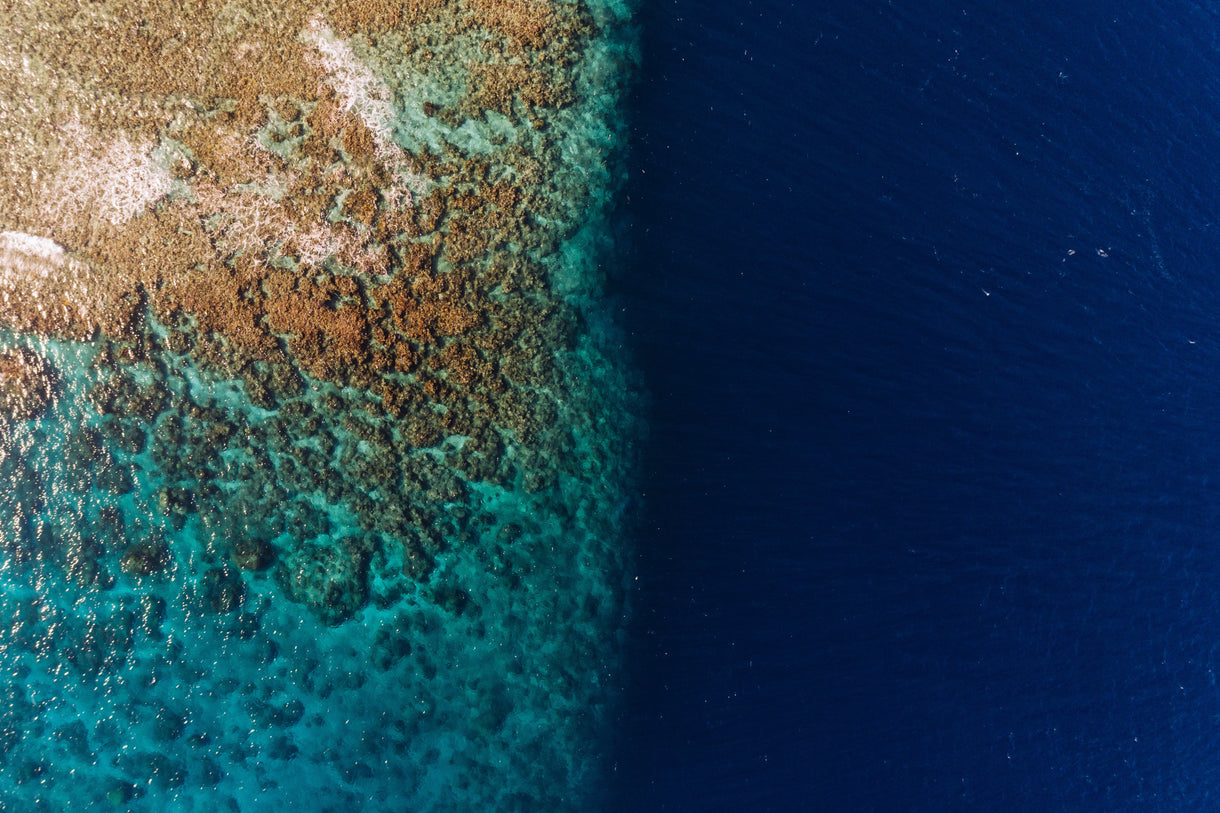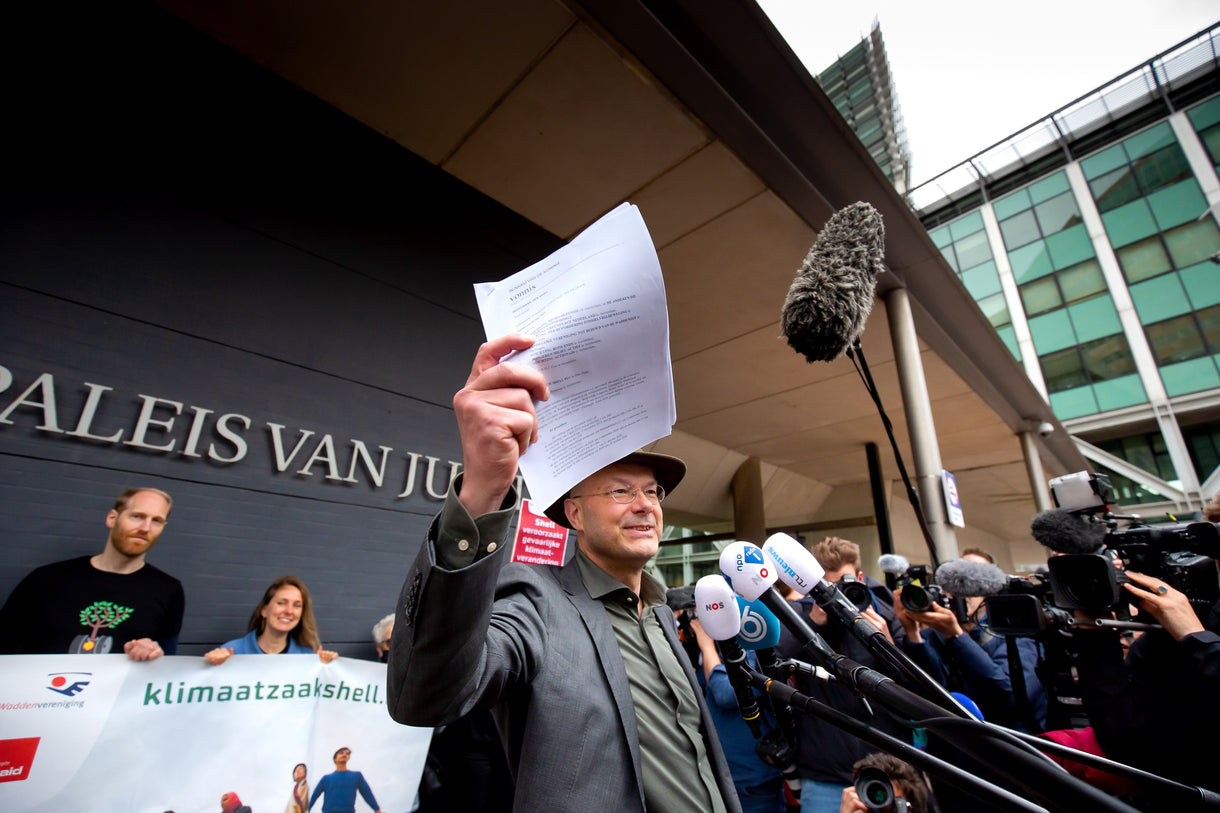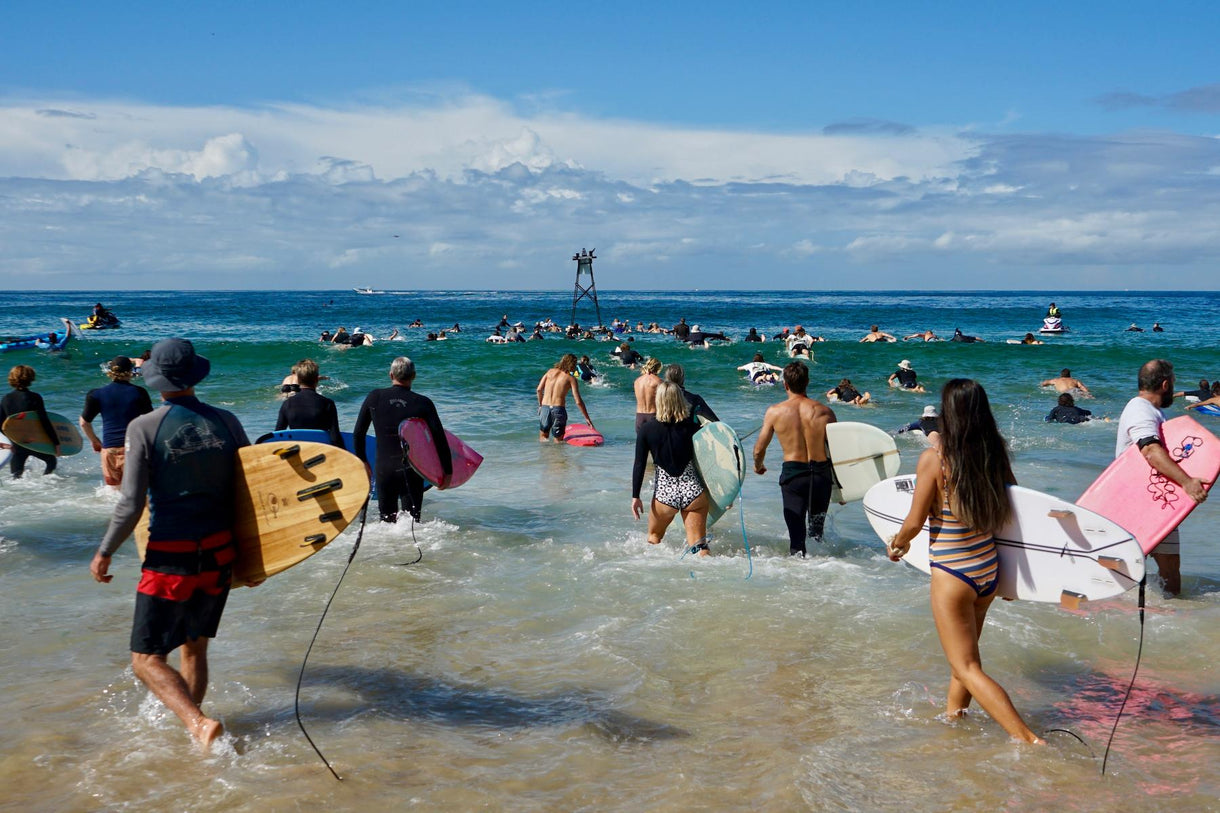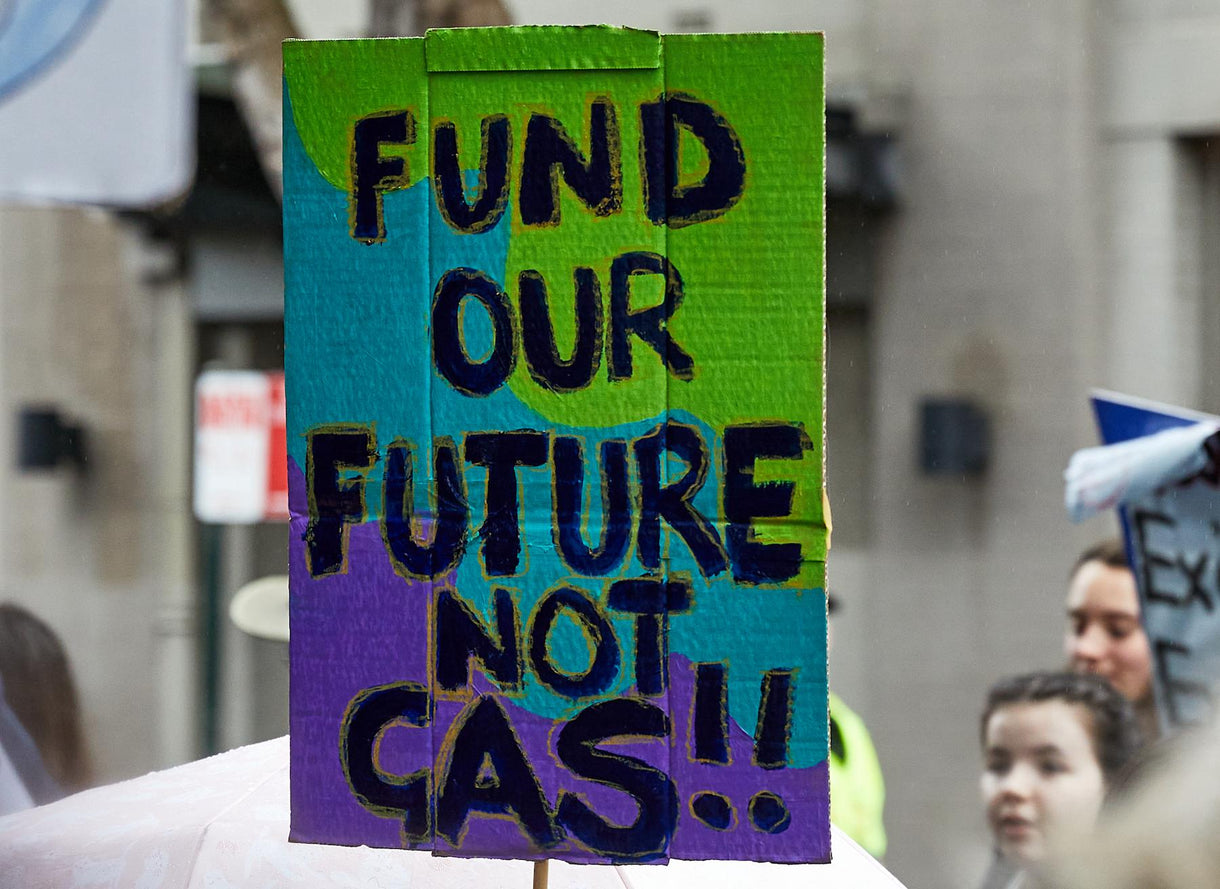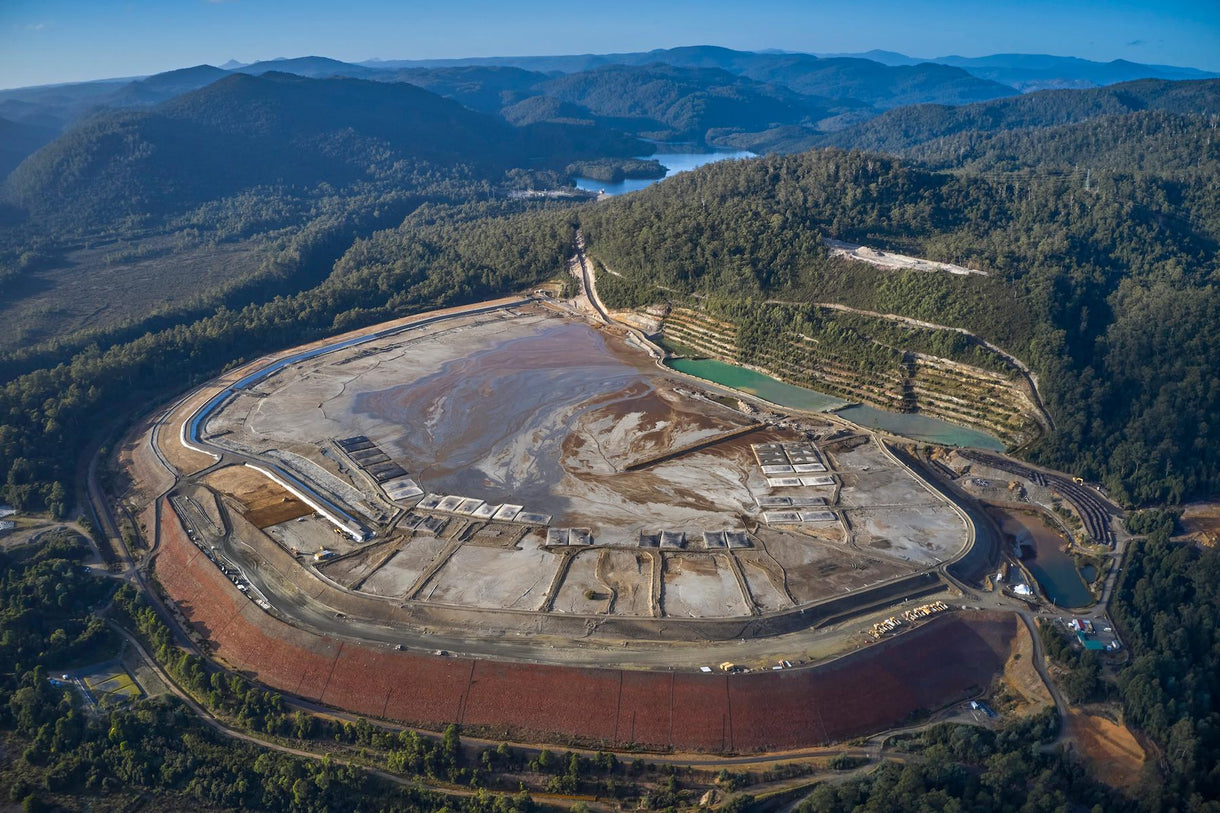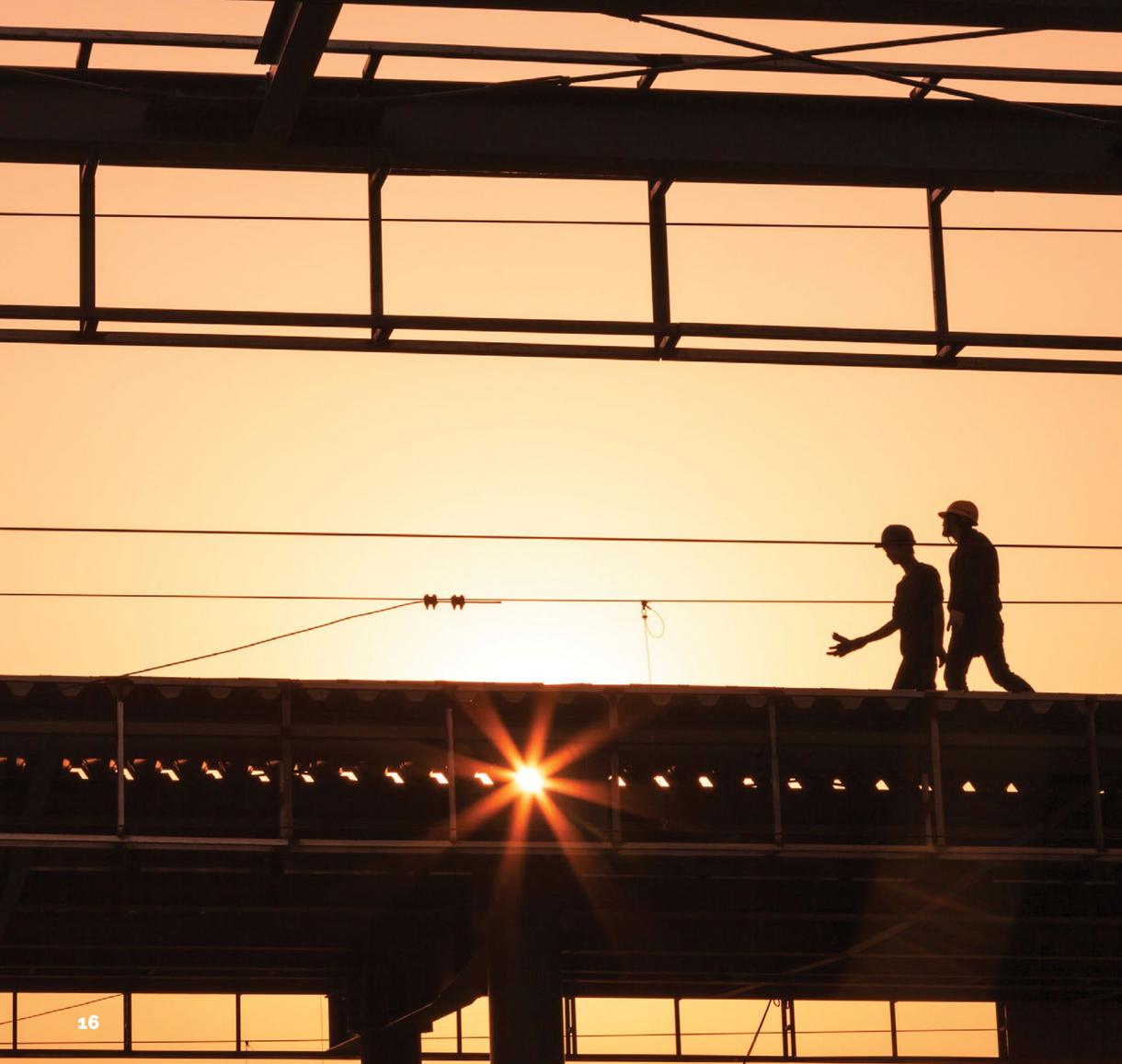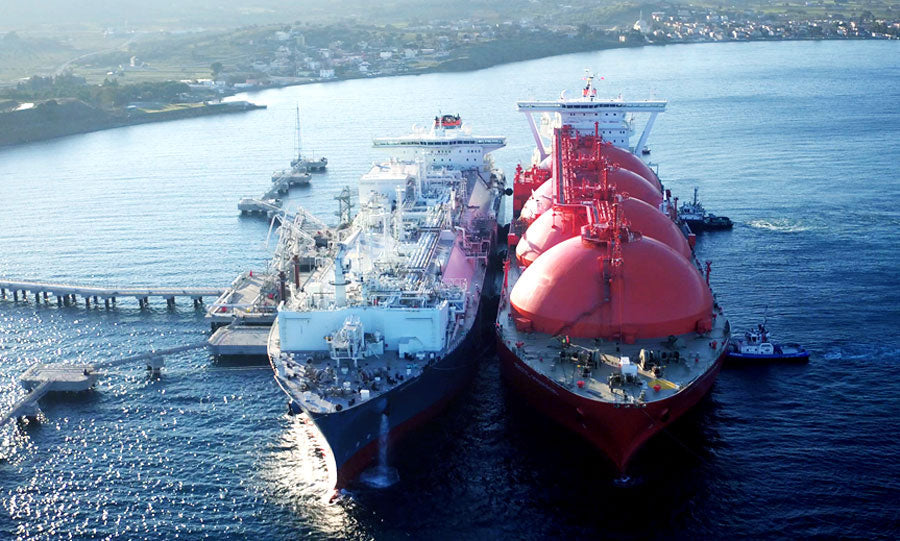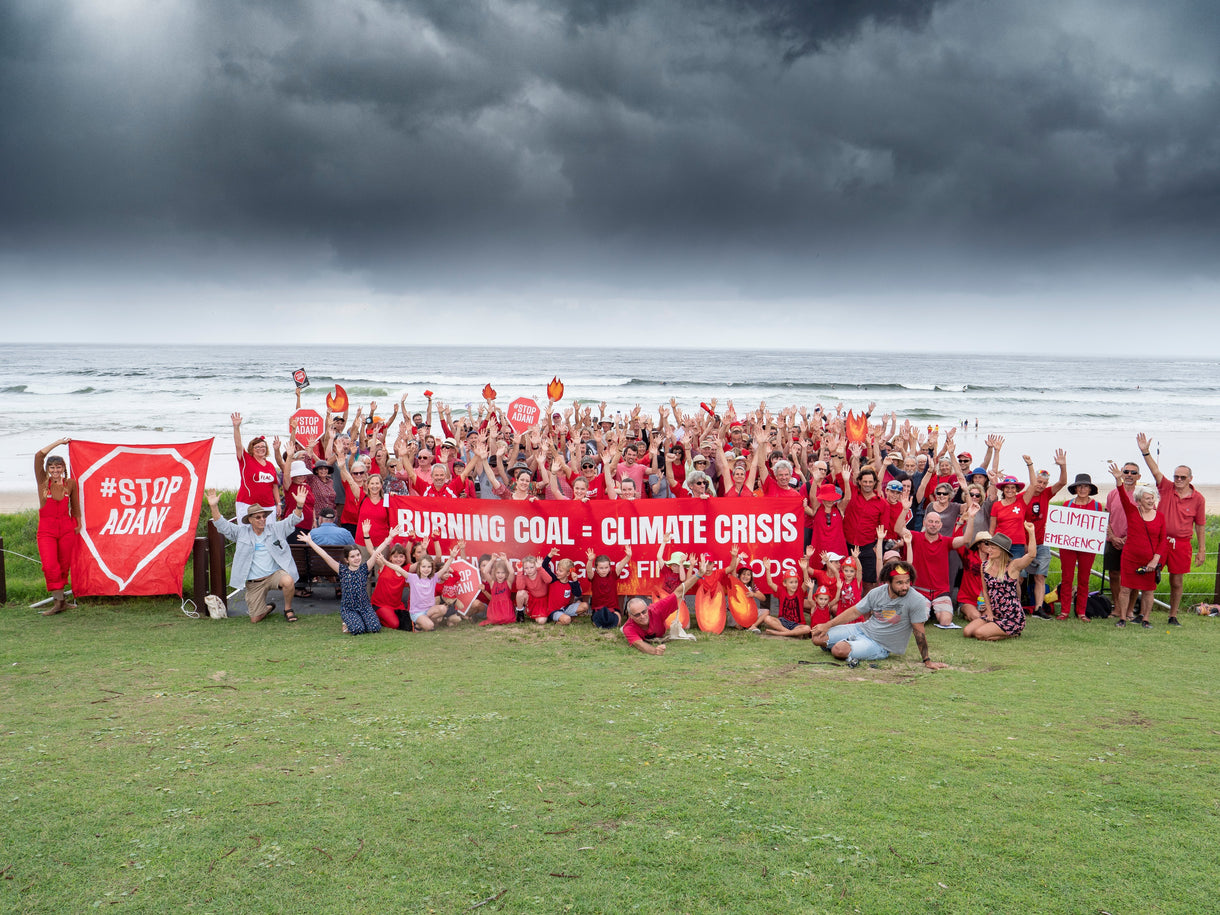The Asian Renewable Energy Hub was rejected by Federal Environment Minister Sussan Ley in the same week Woodside’s enormous Scarborough gas project – located nearby – received final environmental and emissions approval.
The $50 billion renewable project would have seen the construction of 1,743 wind turbines and 1,418-hectares of solar panels in an area 220-kilometres east of Port Hedland. The scale of the project was huge. It would have generated 26 gigawatts of energy, more than a third of Australia’s current total energy production.
Originally, the plan was to export electricity to Singapore through four, 3,000-kilometre high-voltage undersea cables. The project would also supply energy to the domestic market in Australia’s northwest. The energy hub had the backing of the Federal Government who elevated it to ‘major project status’ in October last year and construction was expected to begin in 2025.
“They would have generated more than 1/3 of Australia’s current total energy production.”
However, the consortium behind the project – Intercontinental Energy, who bill themselves as the world’s leading green hydrogen developer – amended the project to output green ammonia created with the solar-generated electricity, instead of the electricity itself, and also using hydrogen (electrolysed from desalinated seawater) and nitrogen from the air. The carbon-free ammonia would then be shipped from an export terminal off the coast and used, amongst other things, to replace coal and oil generation. The amended project would require a desalination plant on the coast and pipelines running out to an export terminal 20-kilometres offshore. Liquid ammonia is far easier to ship than liquid hydrogen, which needs to be kept at absolute zero.
The consortium described the project this way: “The project developers intend to utilise the Pilbara’s world-class solar and wind power to produce hydrogen and derivatives for export to major Asian markets already committed to quickly decarbonise their economies, and to offer options for greening mining activities and adding value to mineral resources produced in the Pilbara.”
But this week the consortium behind the project was blindsided when Federal Environment Minister Sussan Ley stepped in and labelled its environmental impacts as “clearly unacceptable”.
“The Minister found the marine component of the infrastructure corridor would disrupt tidal movements and processes and this would seriously impact the habitats and lifecycle of the native species dependent upon the wetland and accordingly the ecological character of the Eighty-Mile Beach Ramsar site itself,” said an Environment Department spokesperson.
The decision however has left renewable energy proponents claiming the giant project is being scrutinised more heavily than comparable fossil fuel developments. “It is the Clean Energy Council’s understanding that the Federal Minister for the Environment has rejected the expanded proposal for this project prior to the completion of detailed environmental studies. The Clean Energy Council is seeking urgent clarification from the Federal Minister for the Environment to address the perception that this decision is inconsistent with well-established processes or with the treatment of non-renewable projects,” the CEC said in an official statement.
The move is seen in some quarters as the handbrake being applied to the development of clean energy technology here in Australia. “Despite all their talk of ‘technology not taxes’, what the Federal LNP is intent on doing is undermining investor confidence and promoting fossil fuel solutions and slowing the development of zero-emissions industries of the future,” The Institute for Energy Economics and Financial Analysis’s Tim Buckley told Renew Economy. “All the Federal government has to do is get out of the way, but they can’t even do that. Anything to prolong the last dollar of high emissions fossil fuel exports for their mates and sponsors at APPEA [the Australian oil and gas lobby].”
Banner image: The proposed Asian Renewable Energy Hub would sit 220-kilometres east of Port Hedland. Courtesy of asianrehub.com.


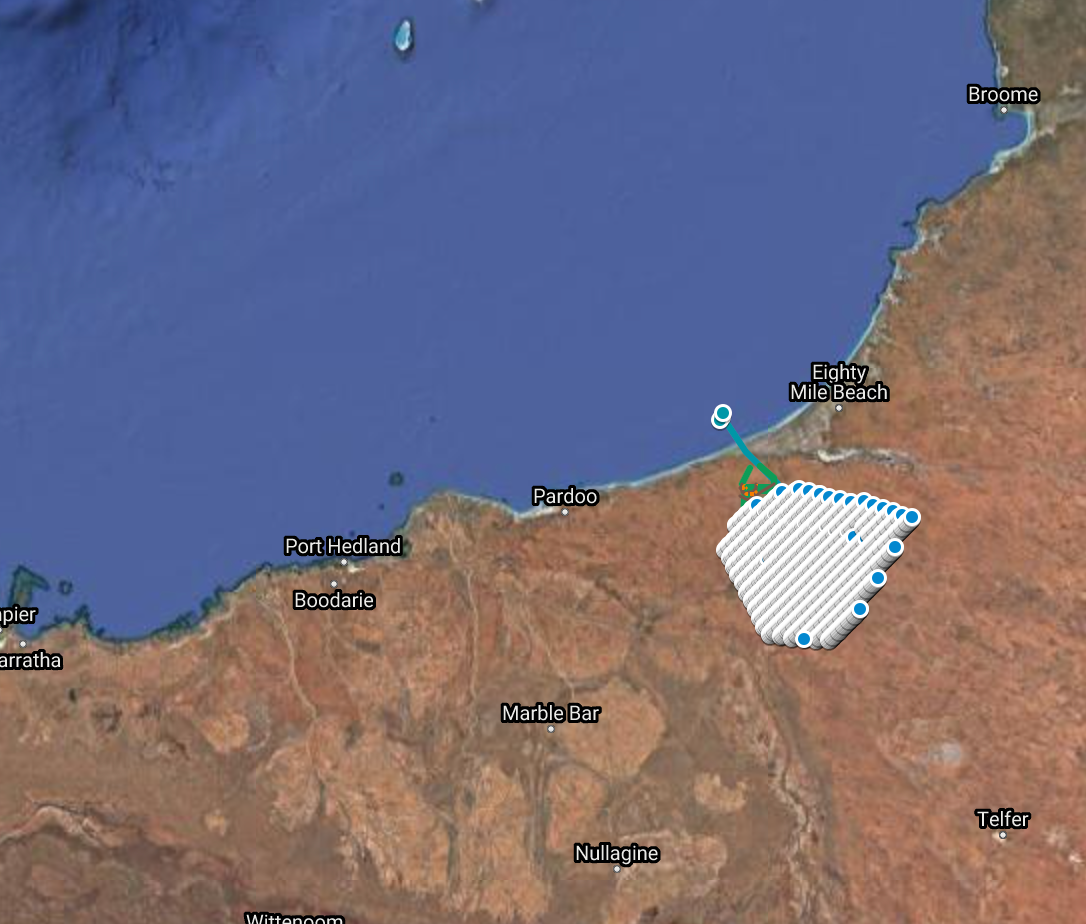



































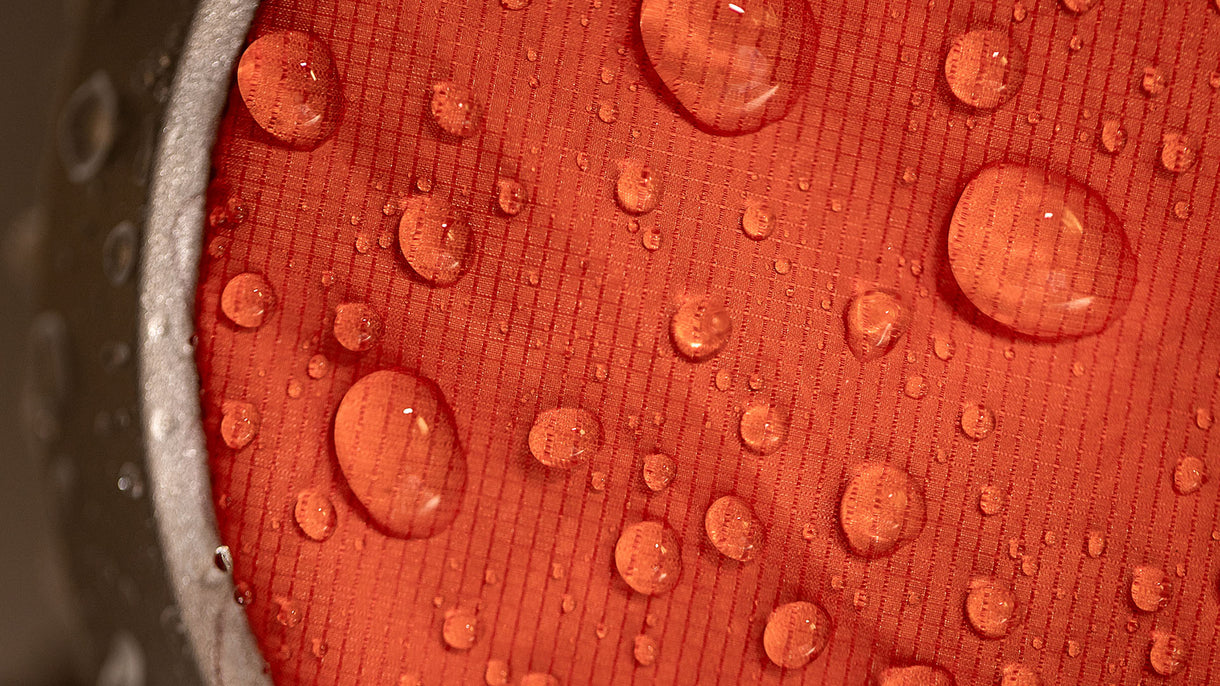















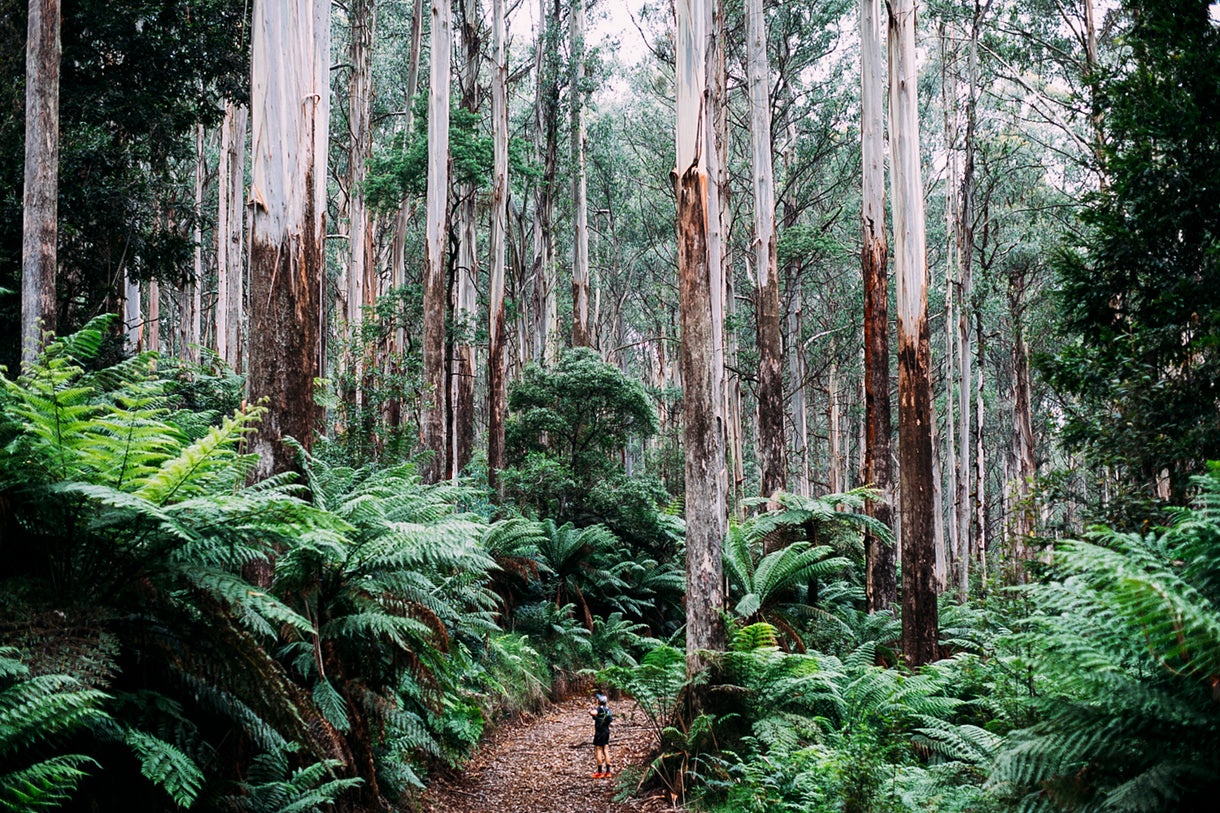
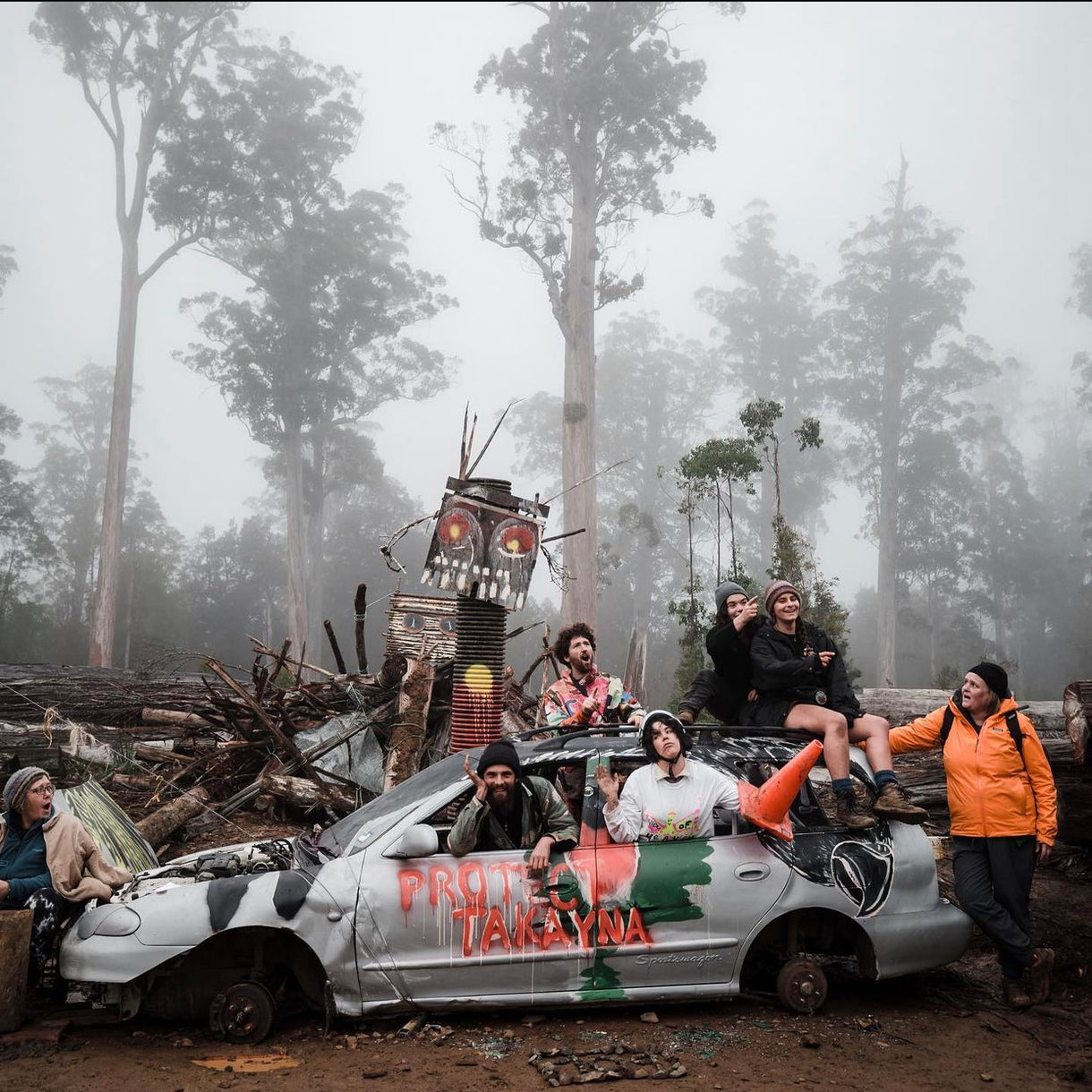
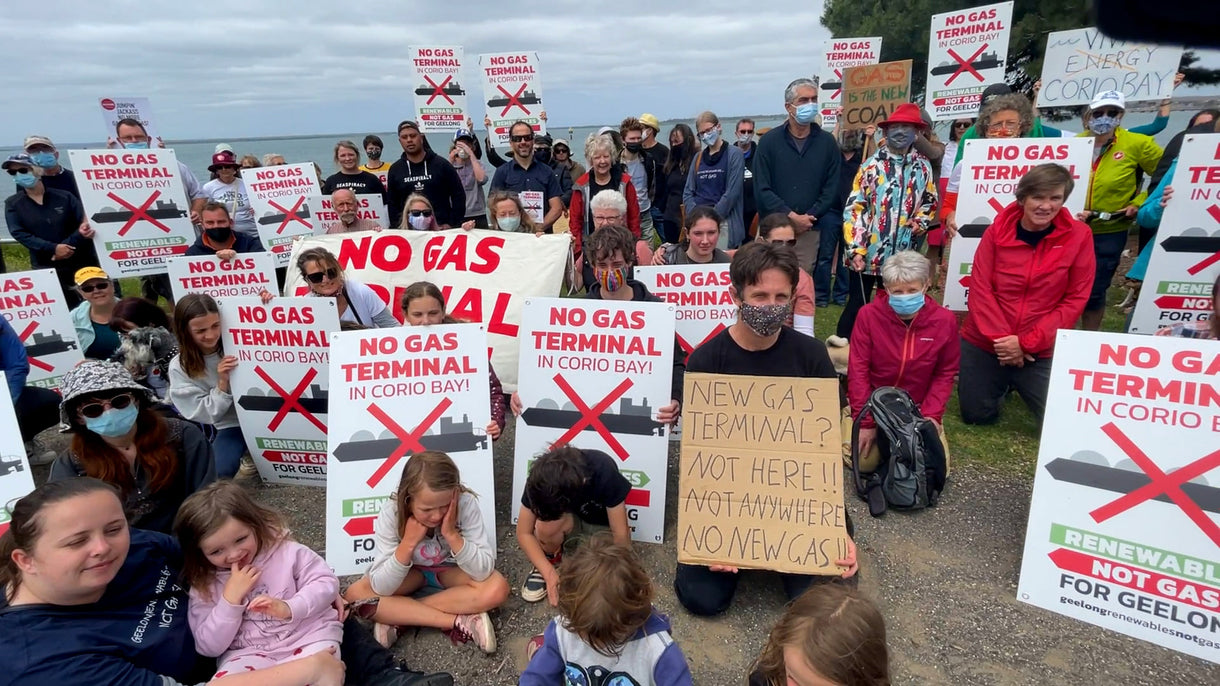
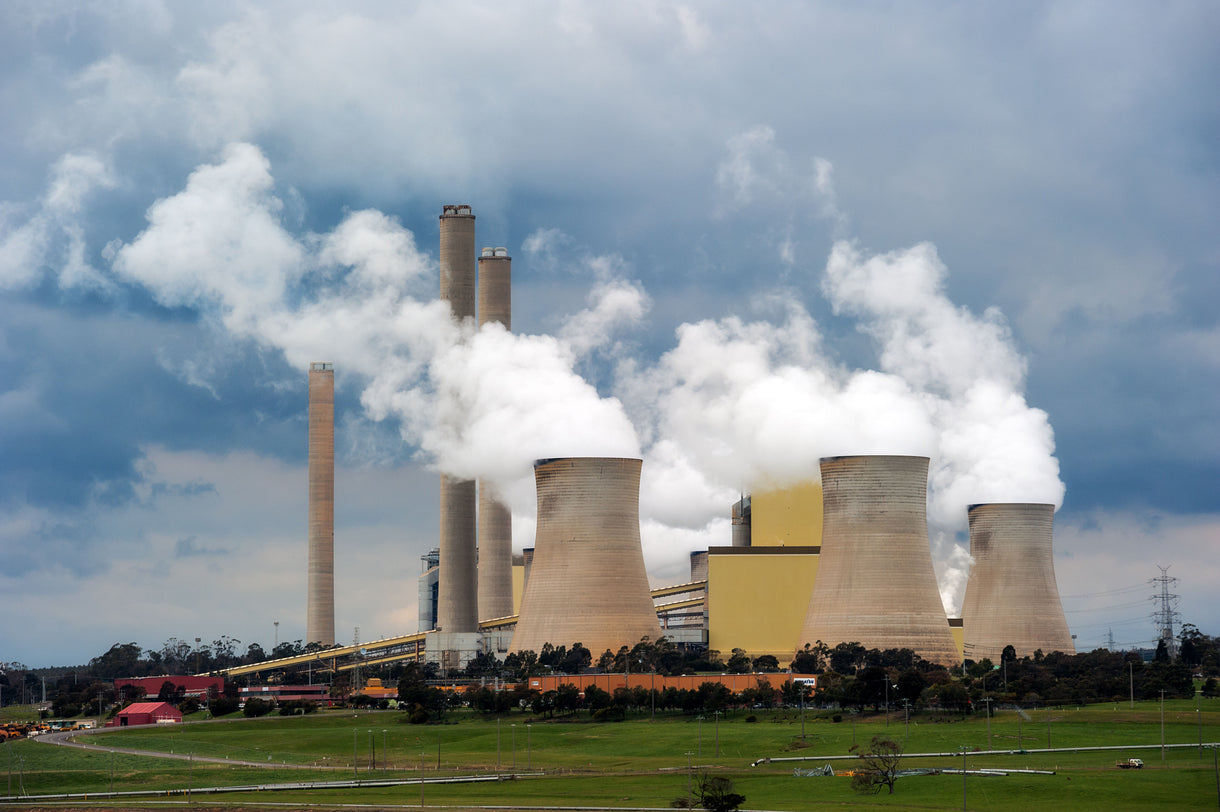
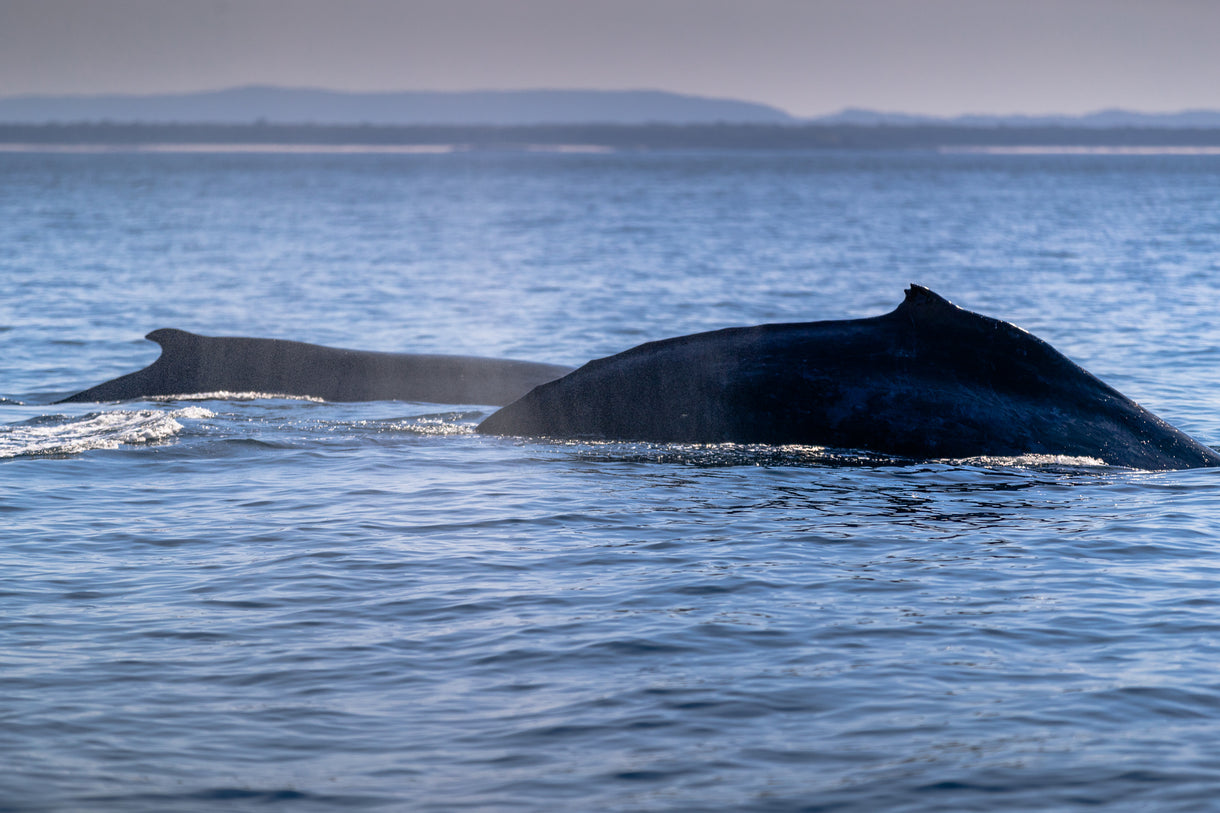
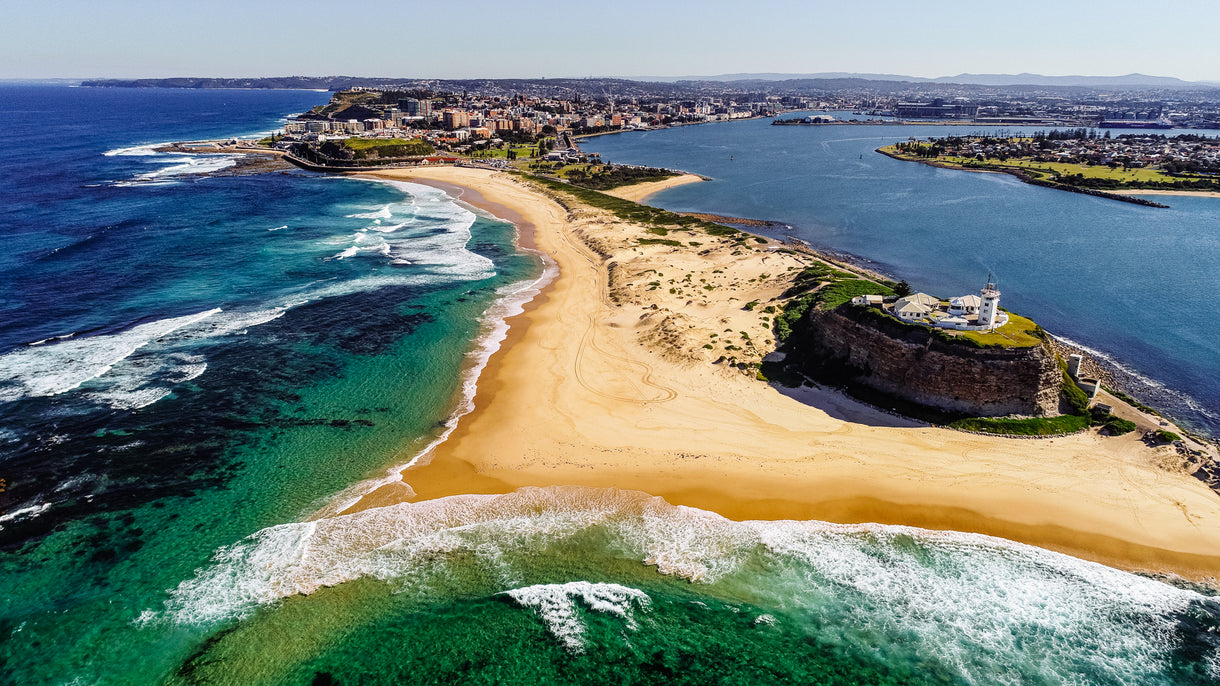
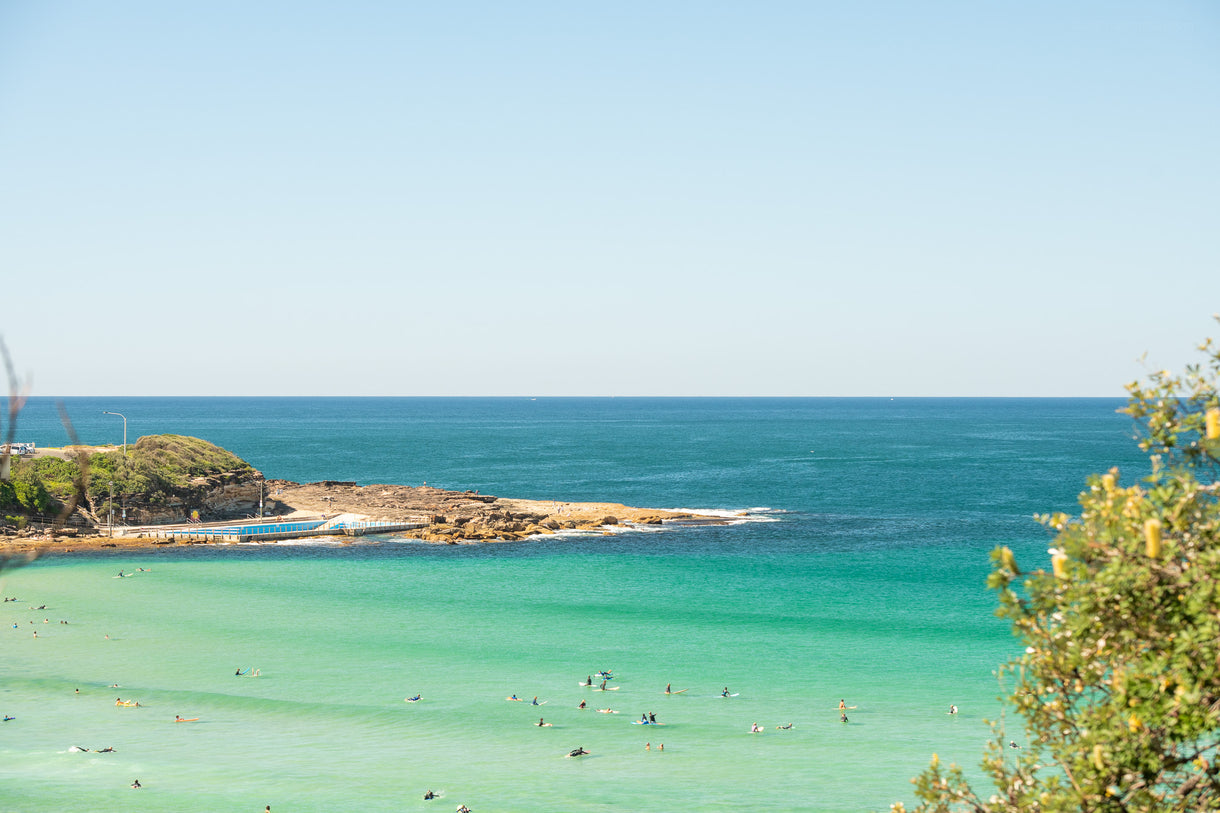
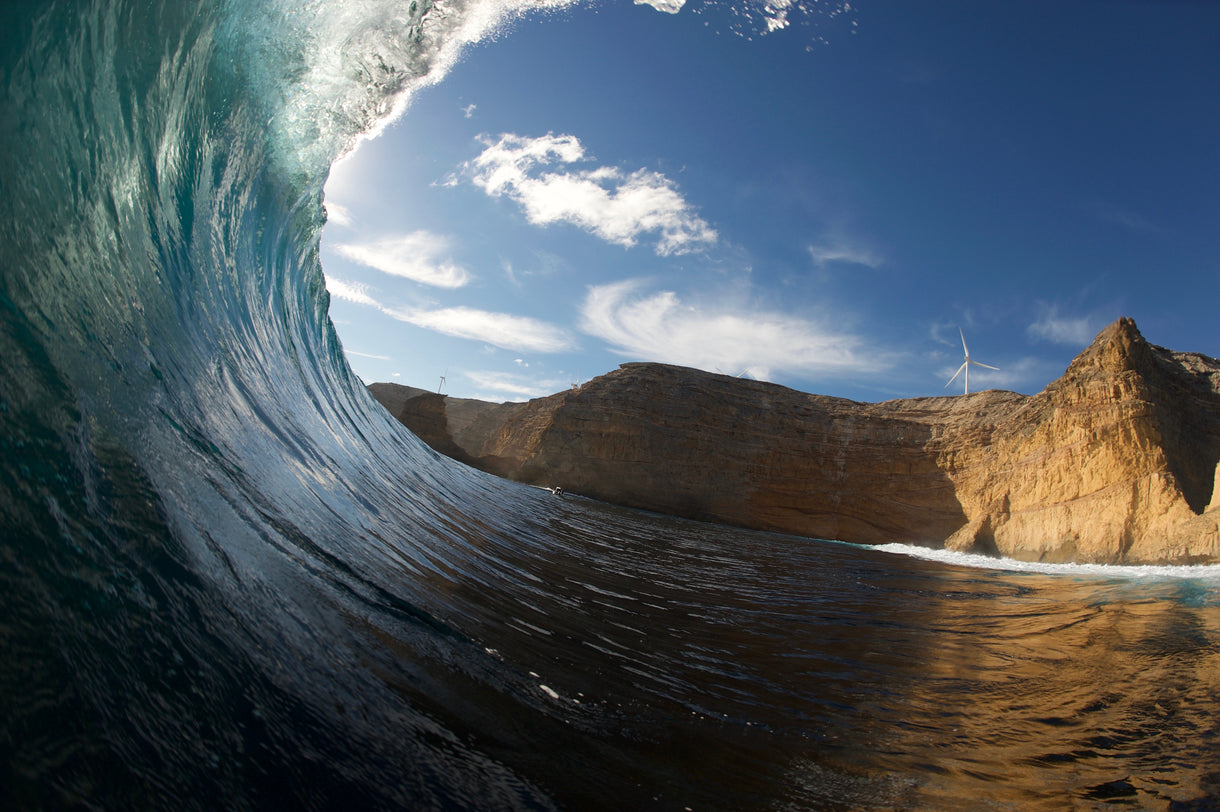
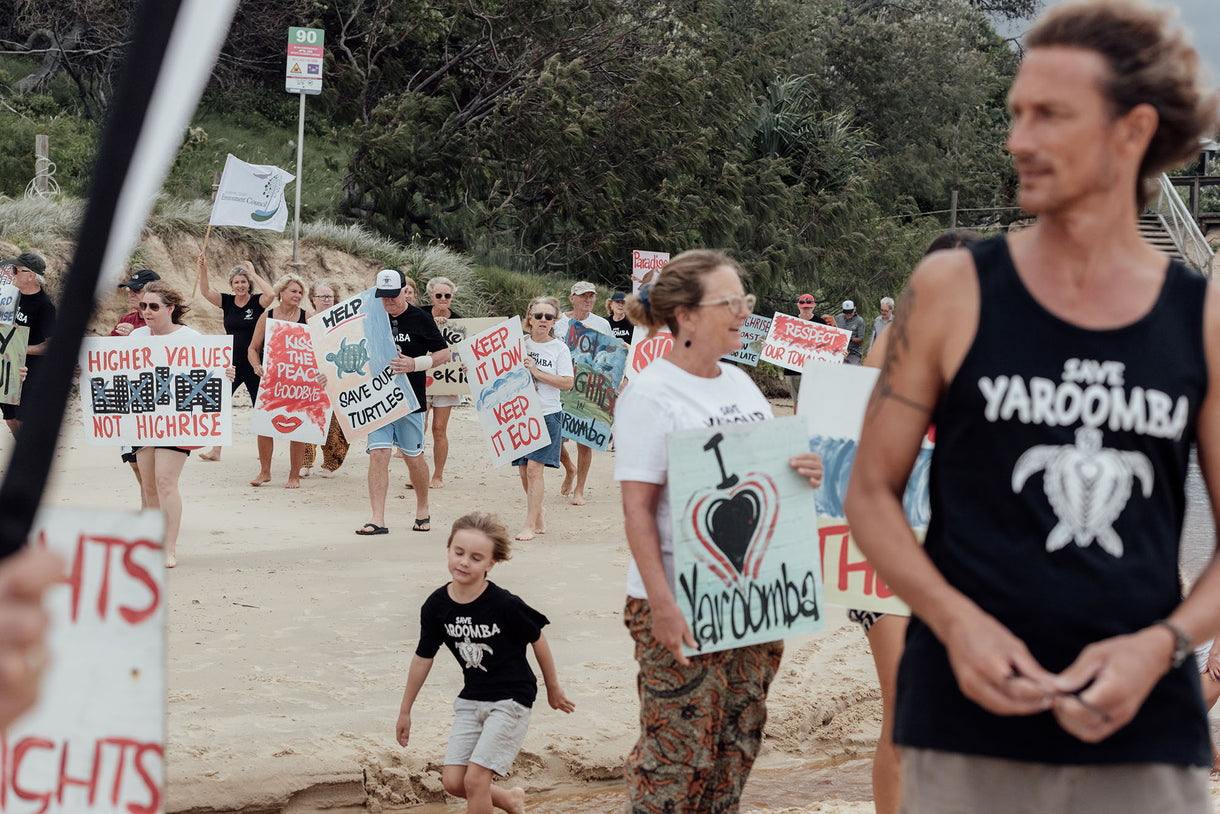
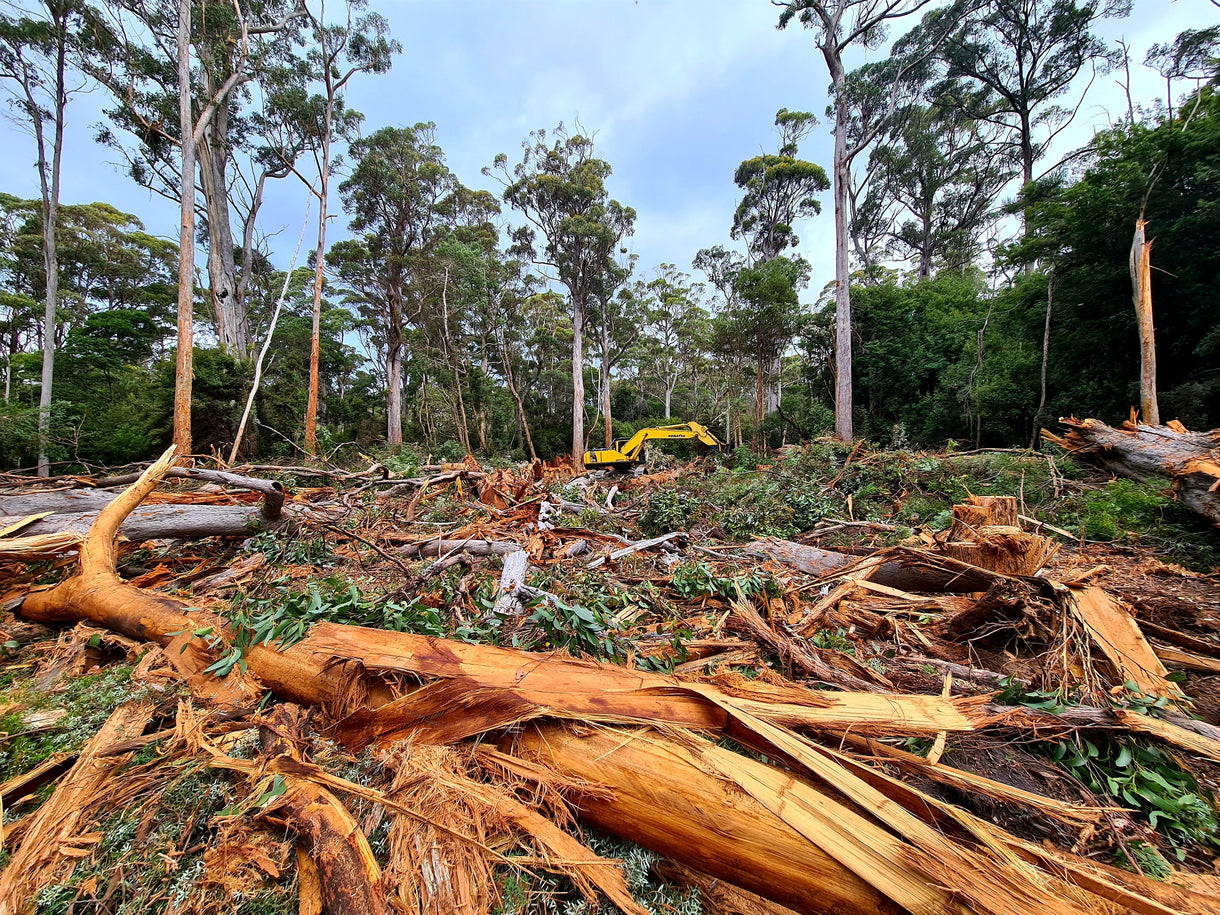
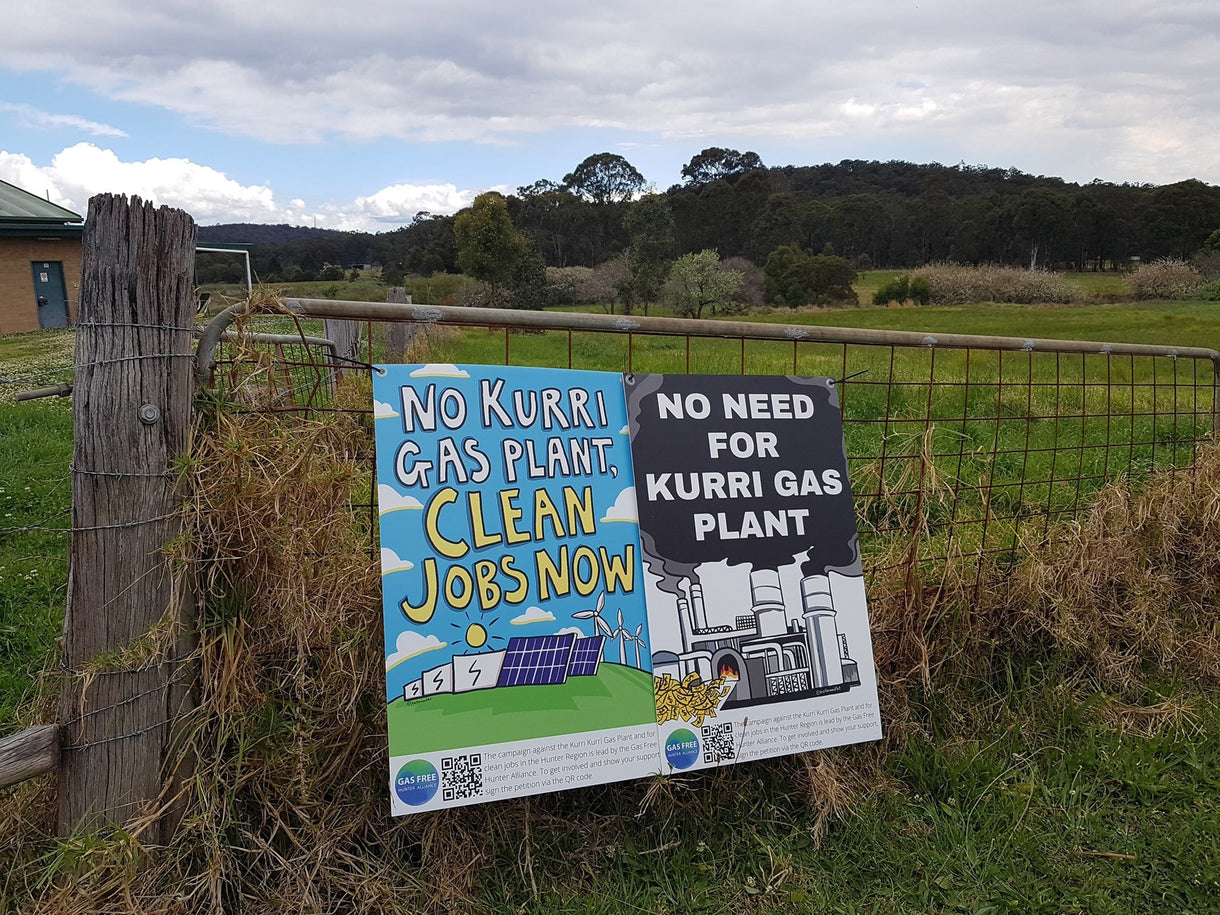
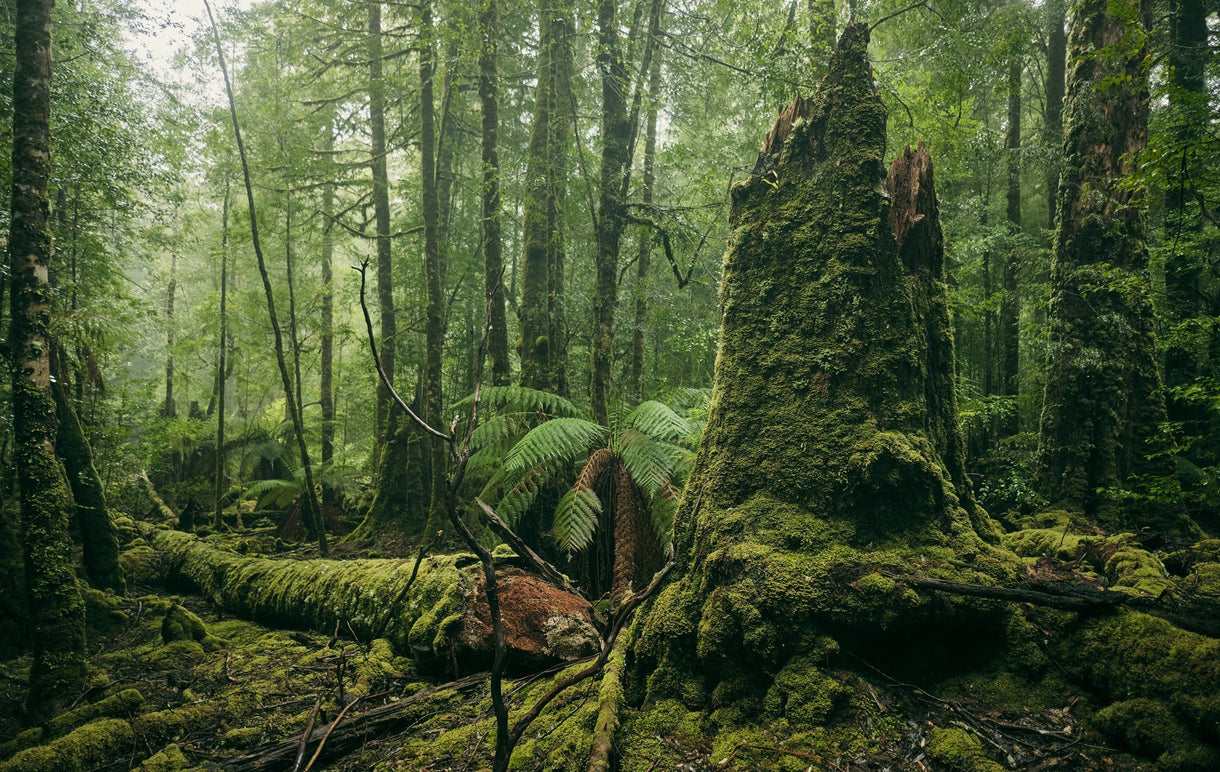
![Today was a huge victory for coastal communities between Sydney and Newcastle. [Front] Damien Cole, Belinda Baggs, Drew McPherson and Asha Niddrie. Photo Zoe Strapp](http://www.patagonia.com.au/cdn/shop/articles/strapp_z_AUS_000142_b147f38f-4f28-4e66-a3ea-89fccd422484_1220x.jpg?v=1650419749)
